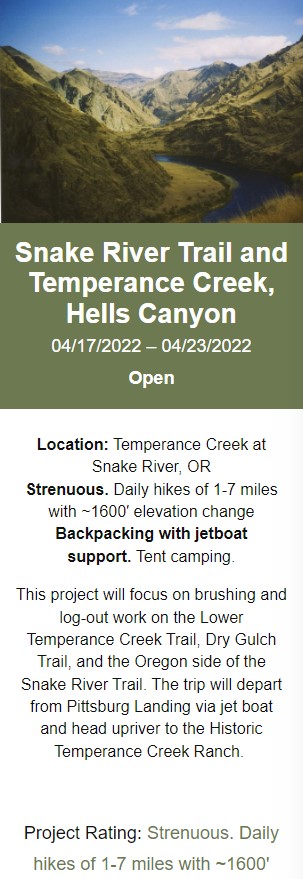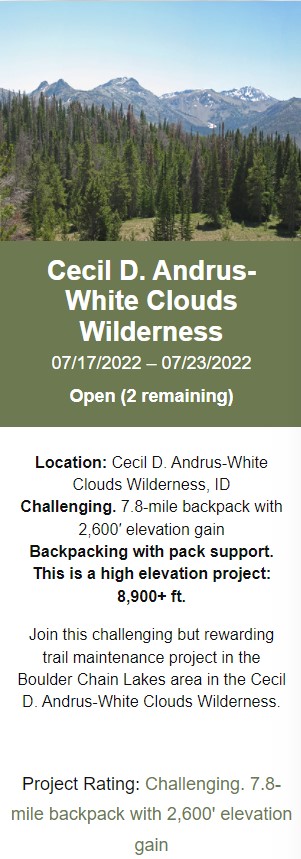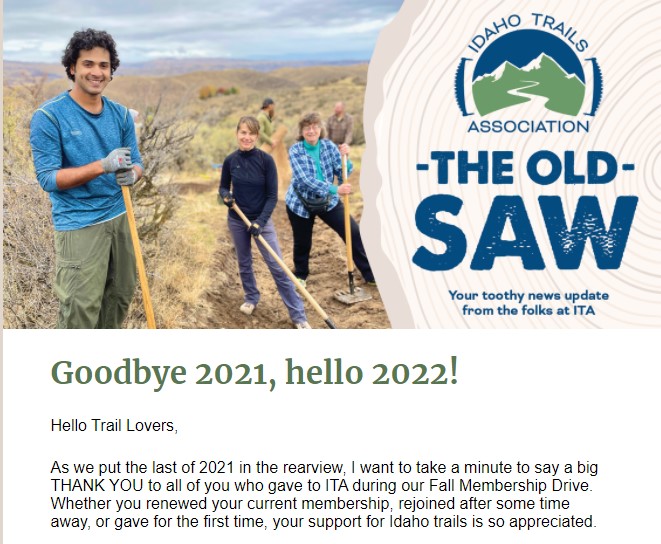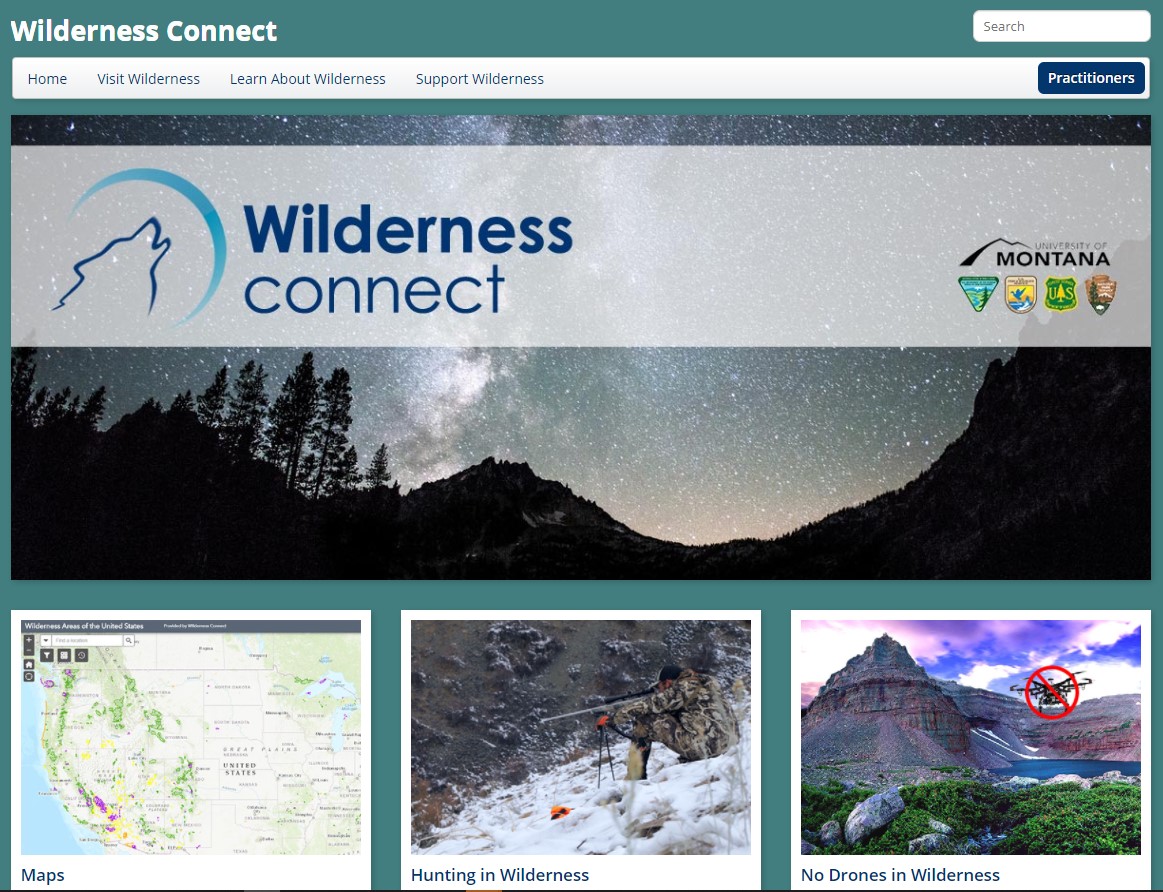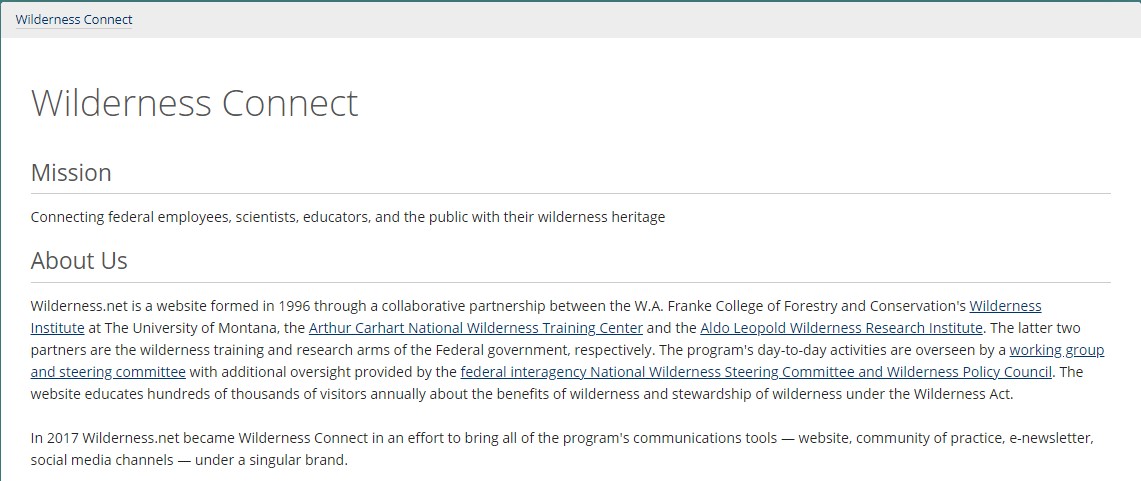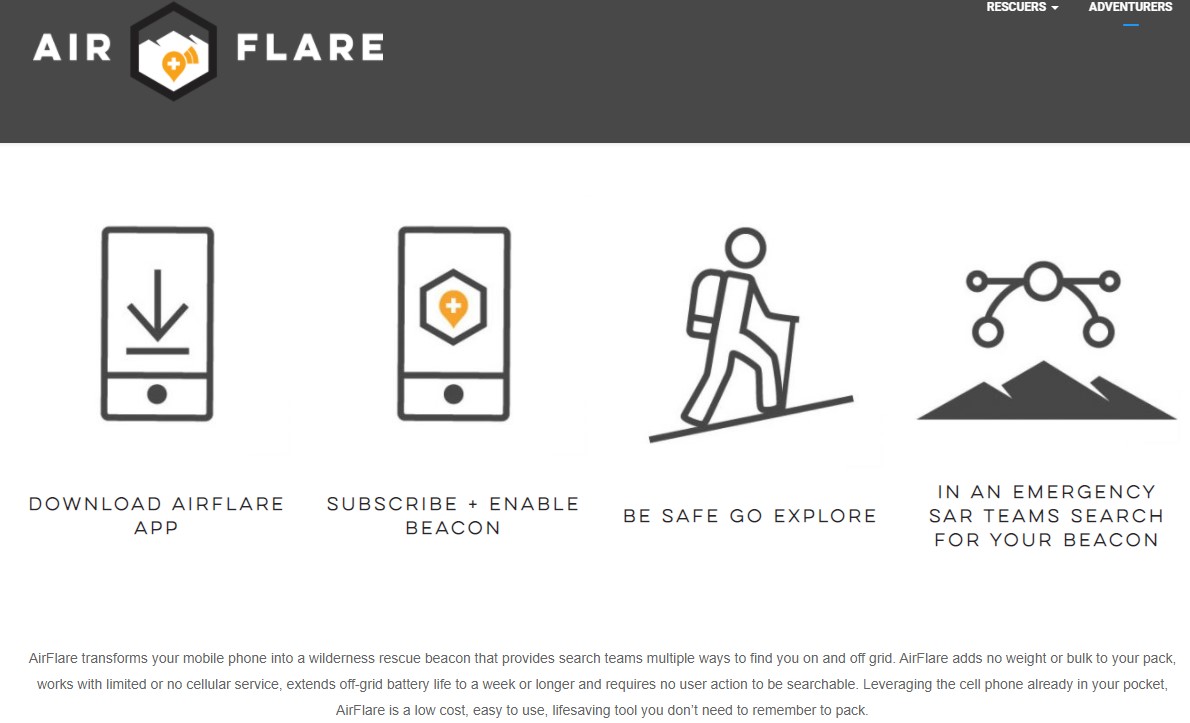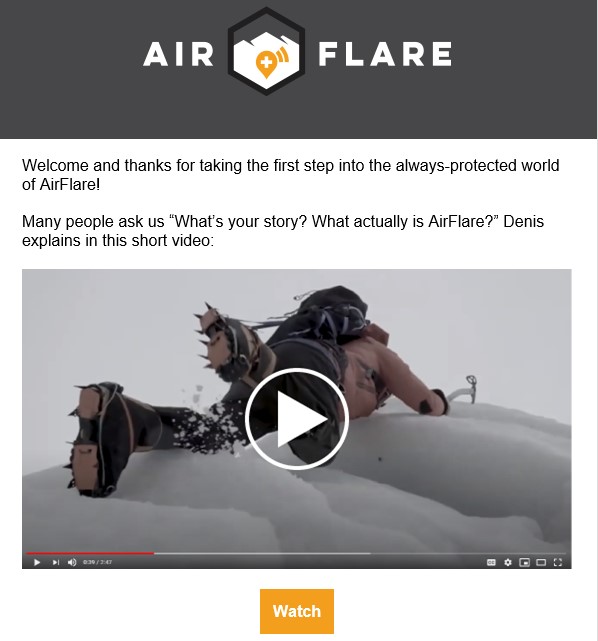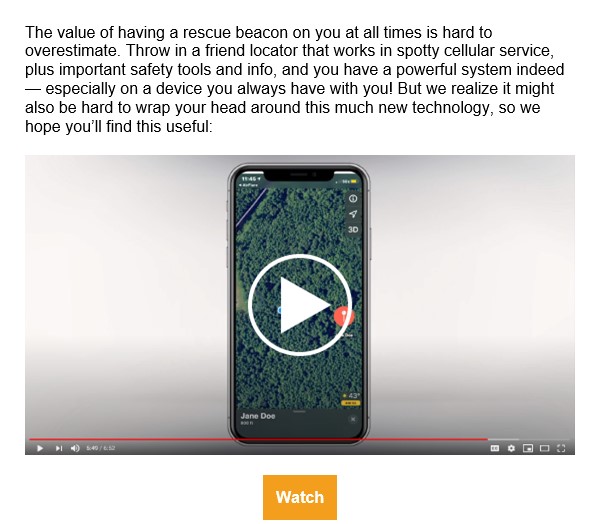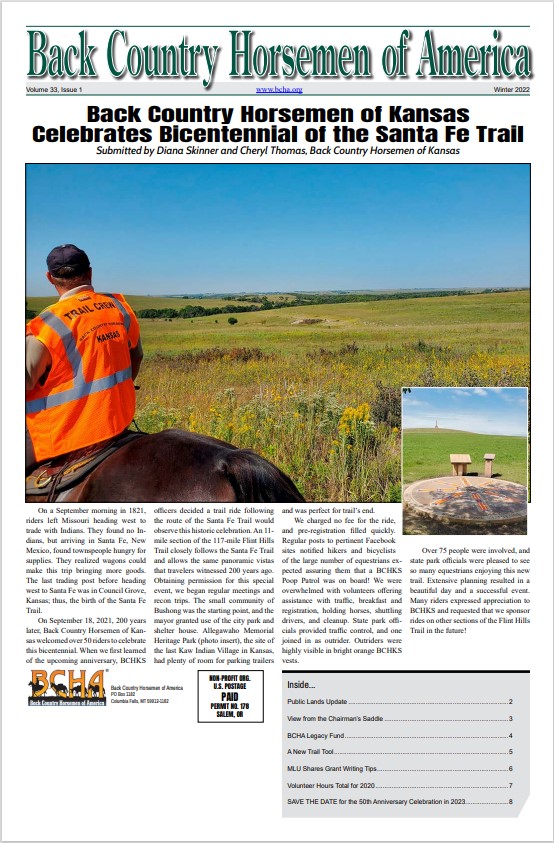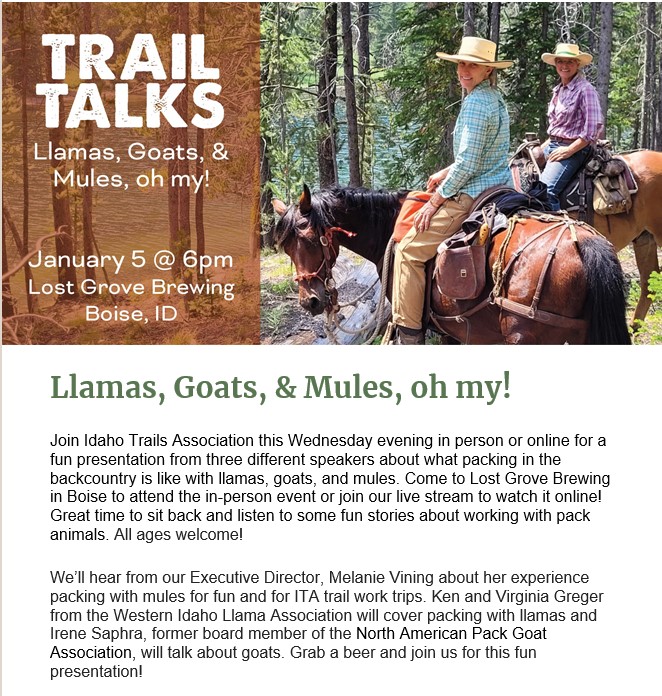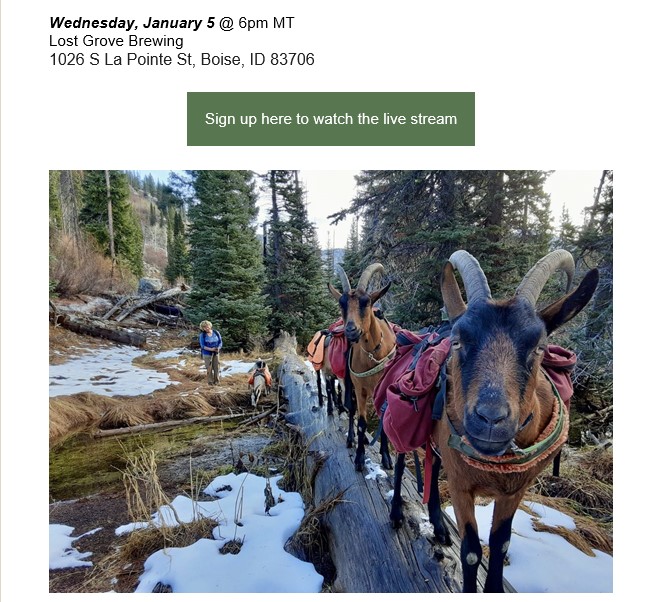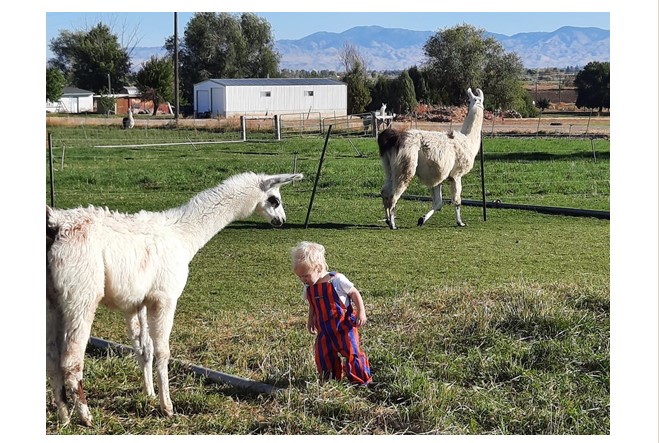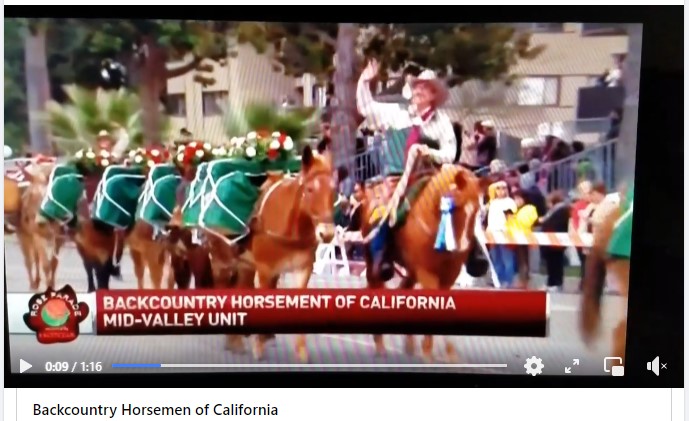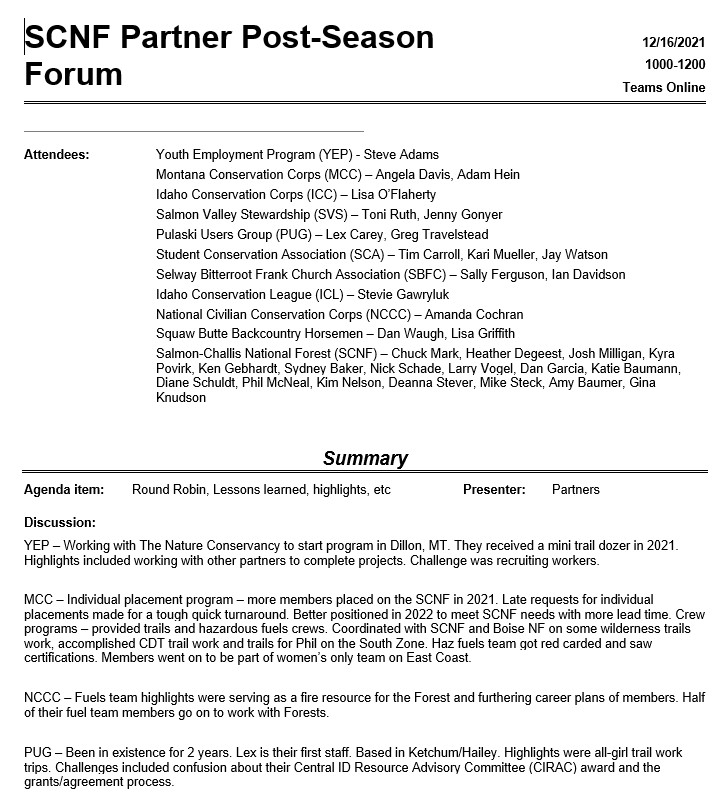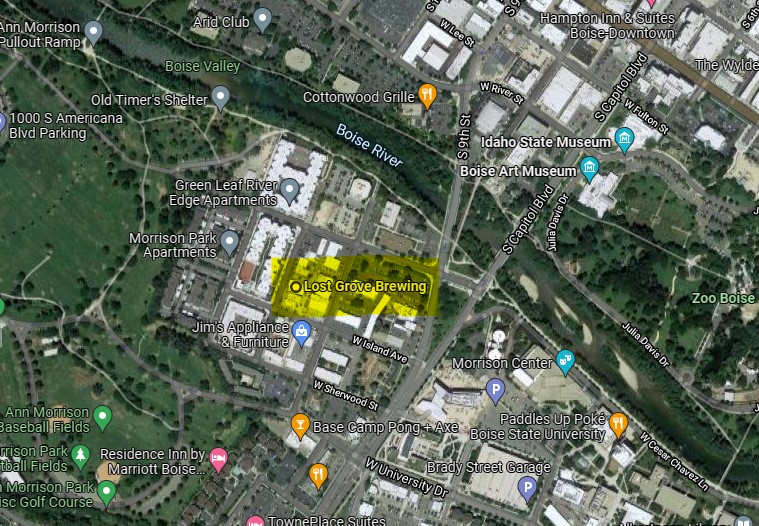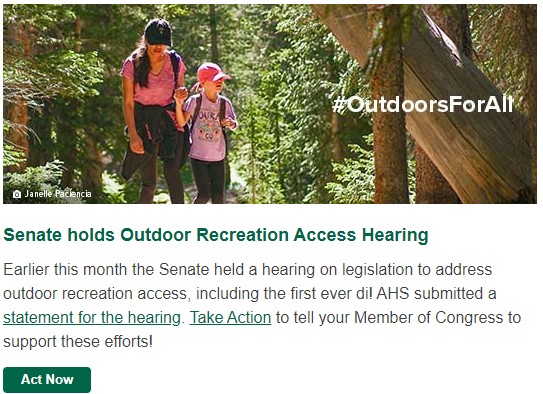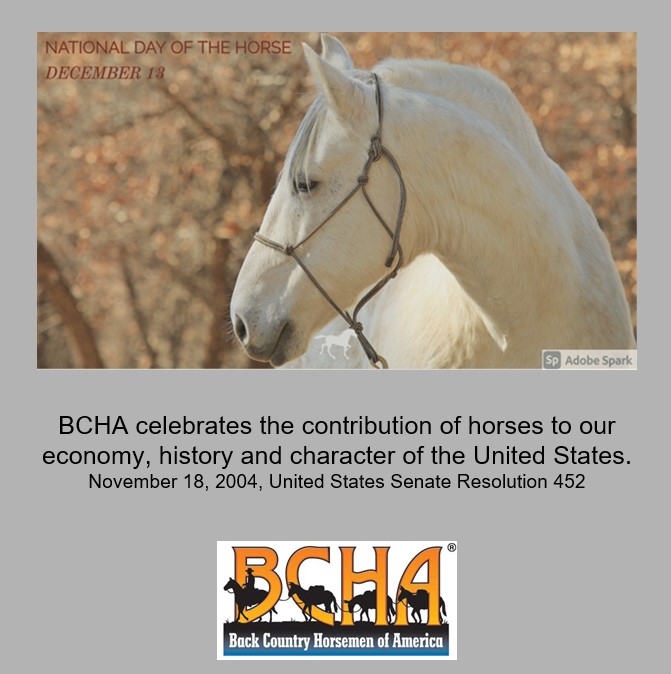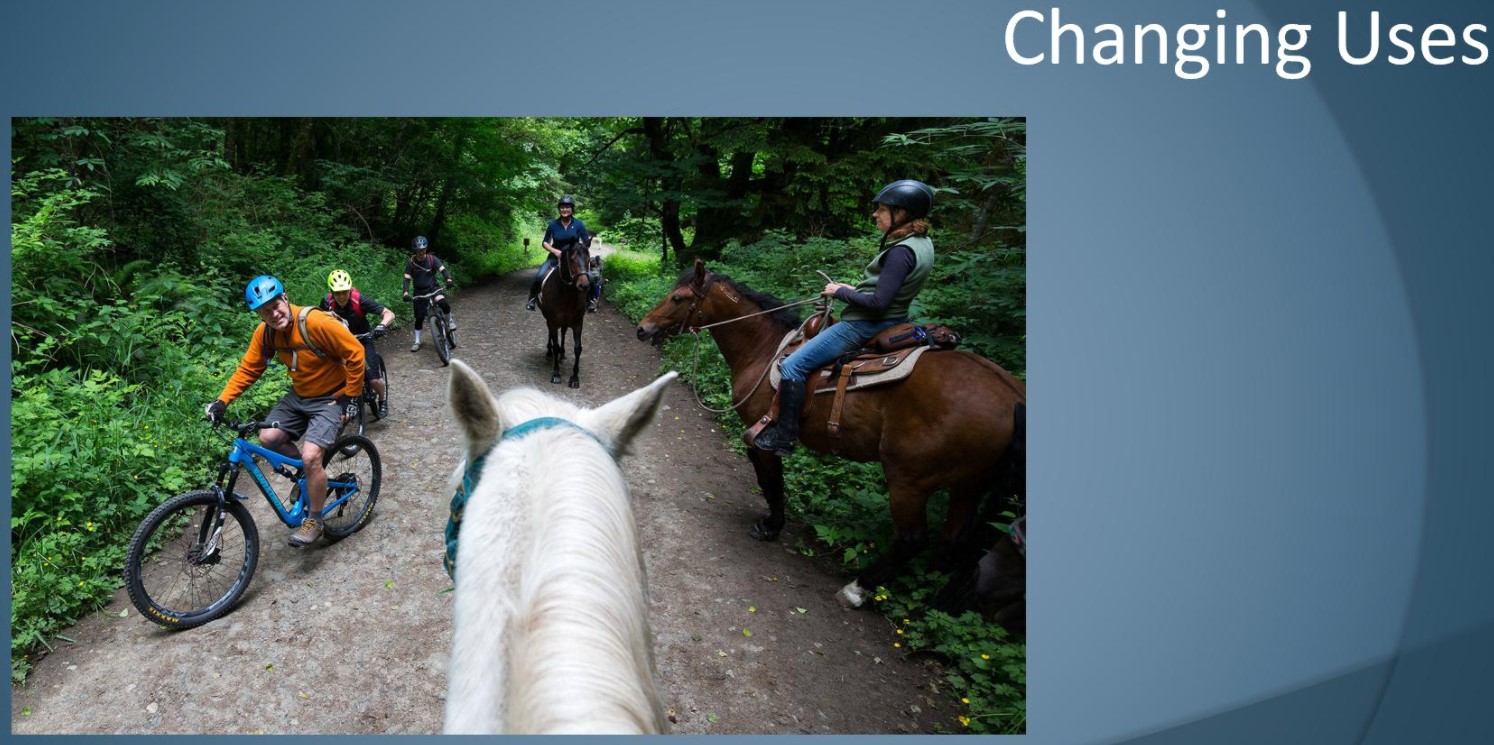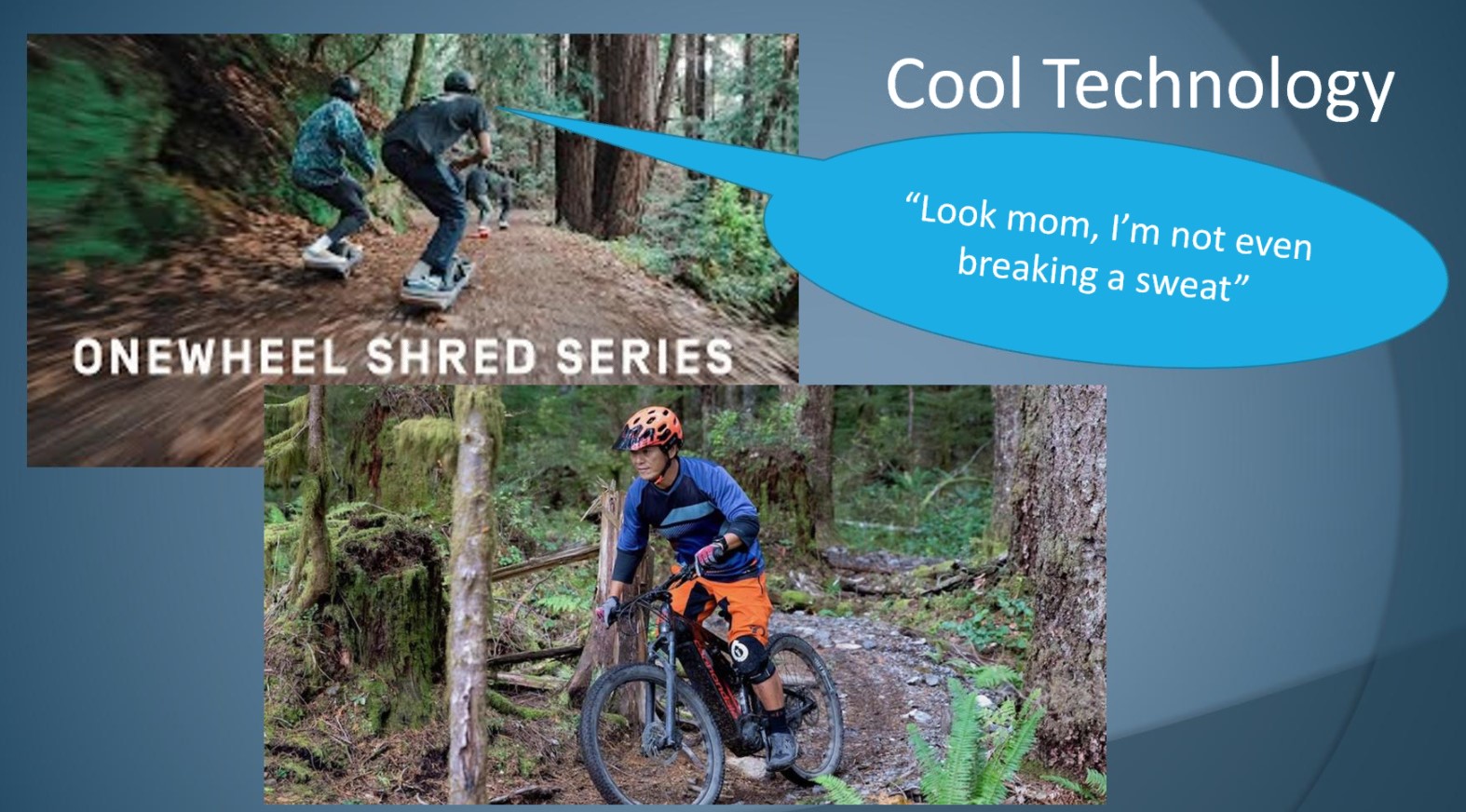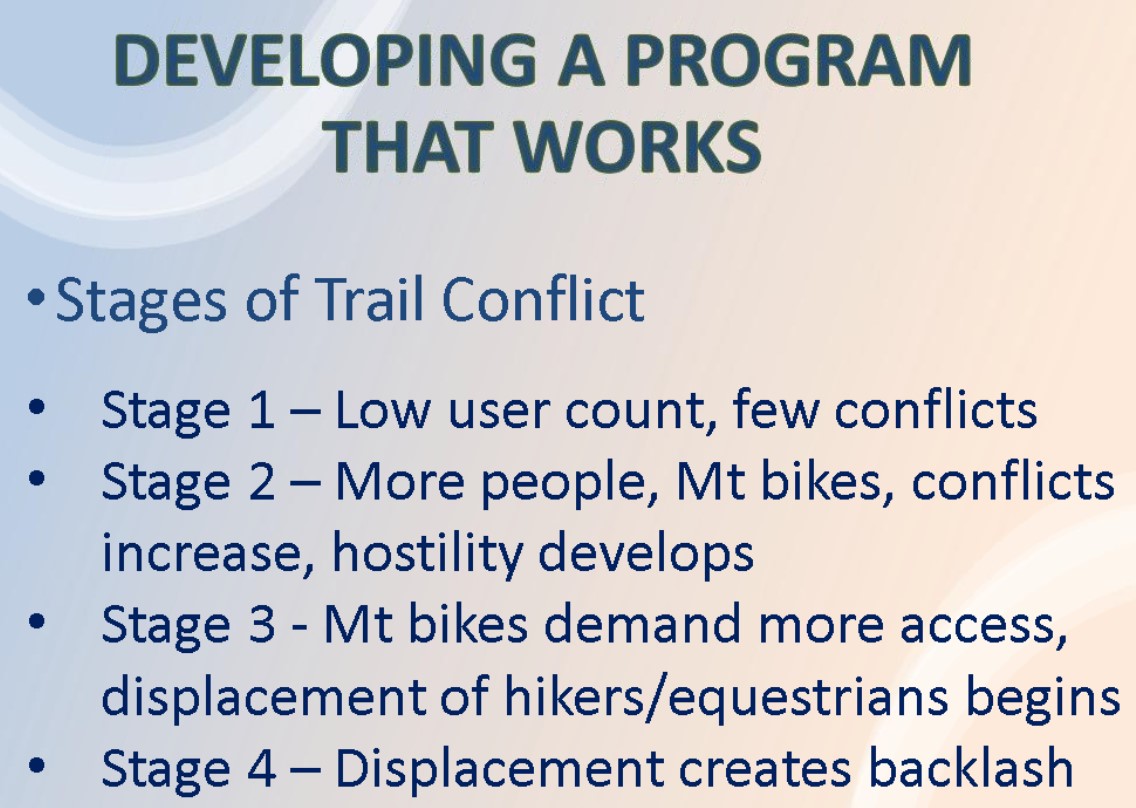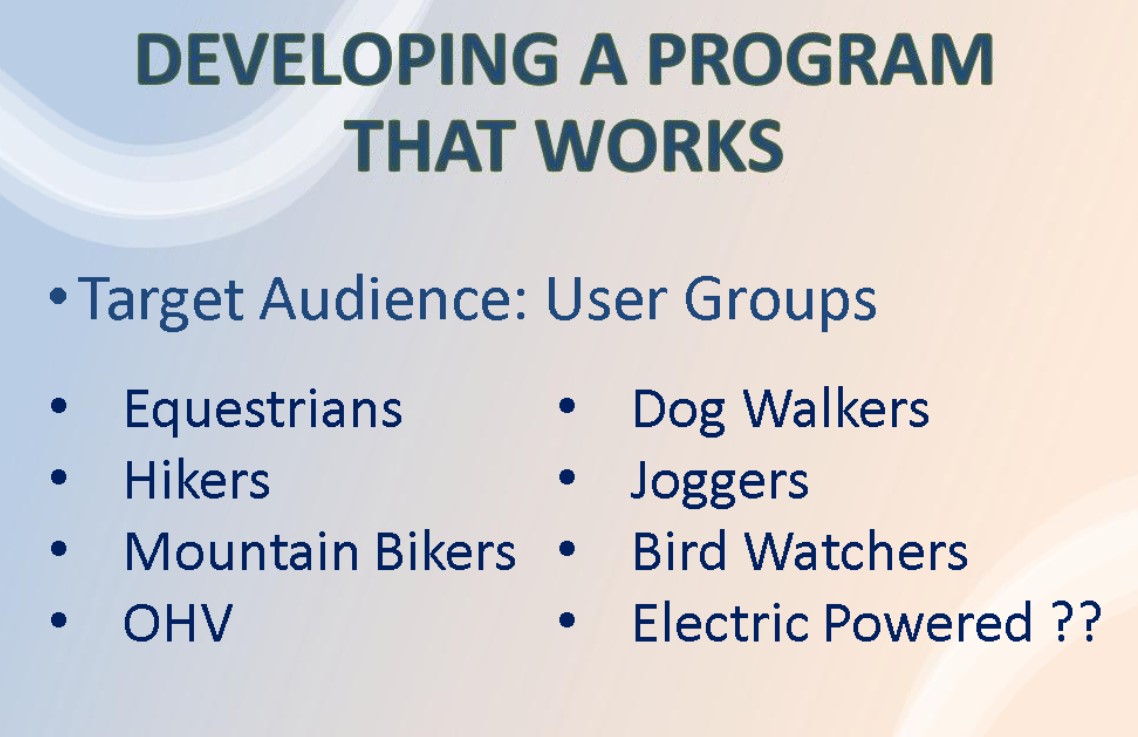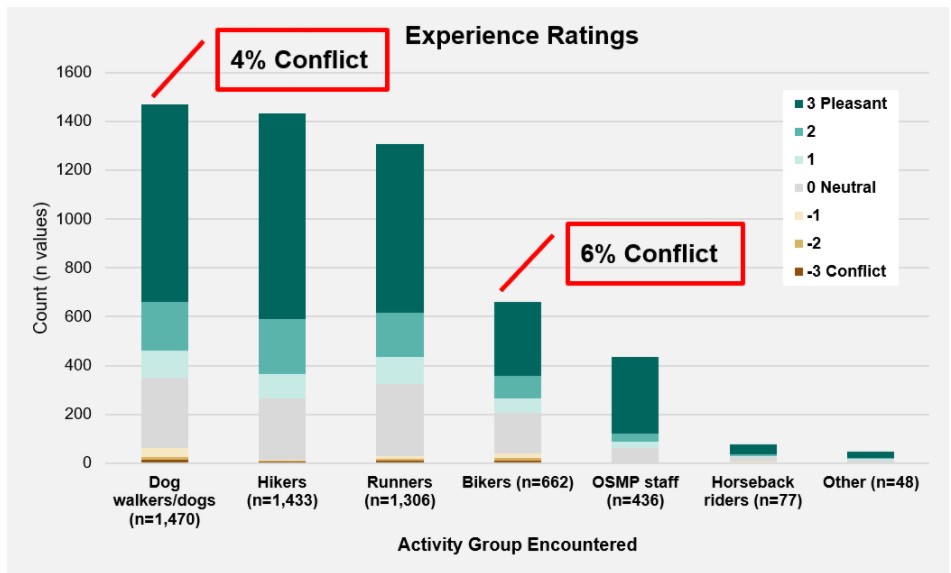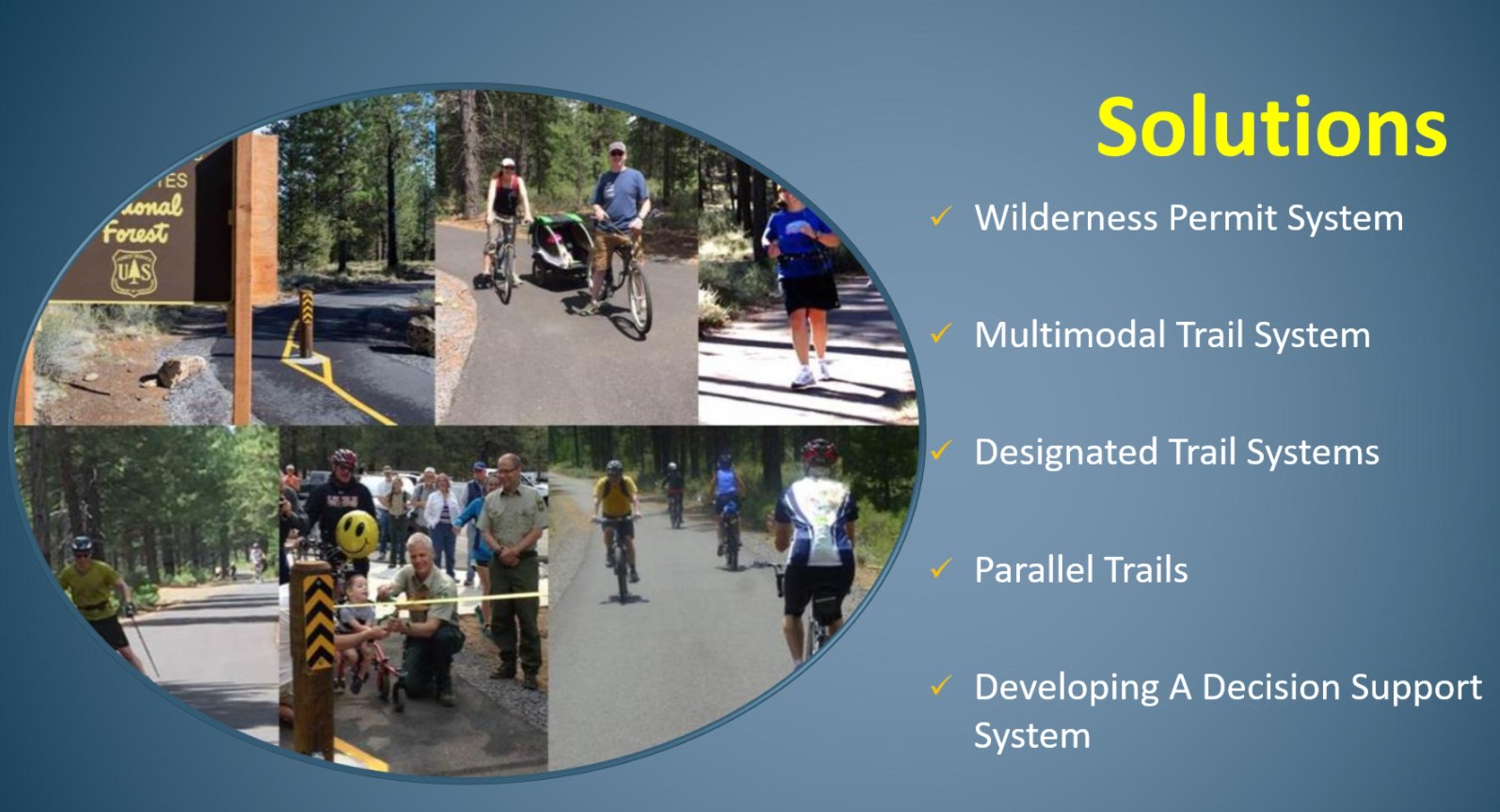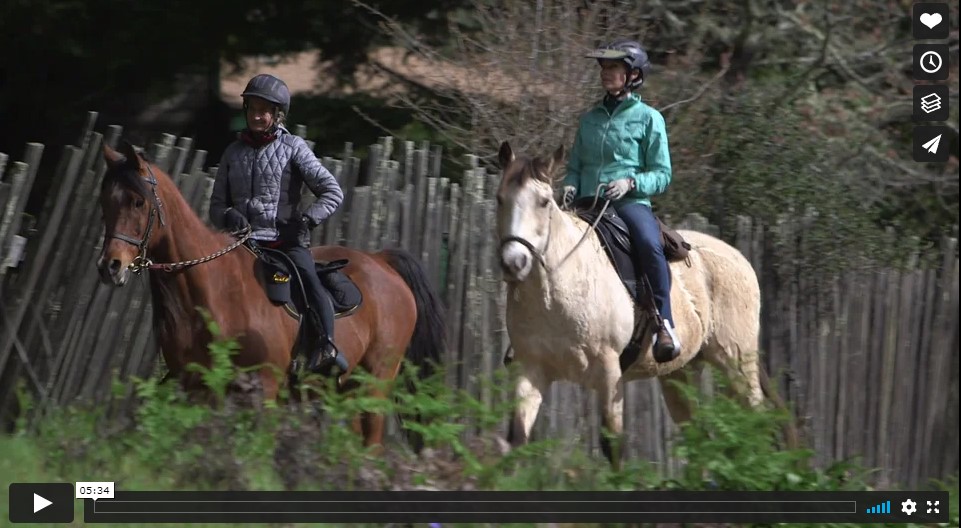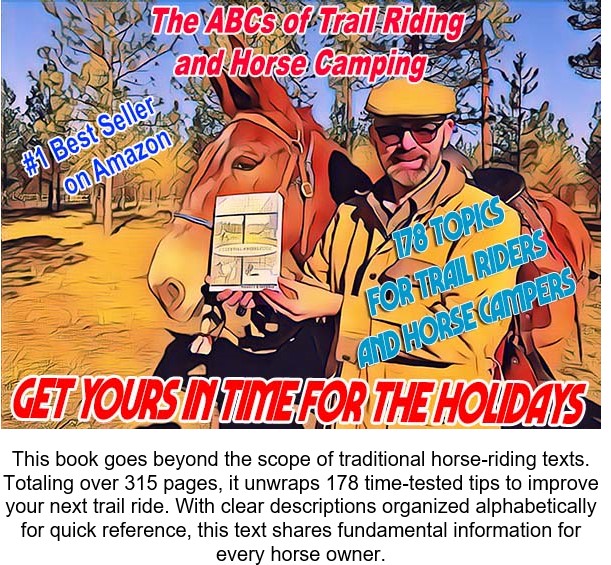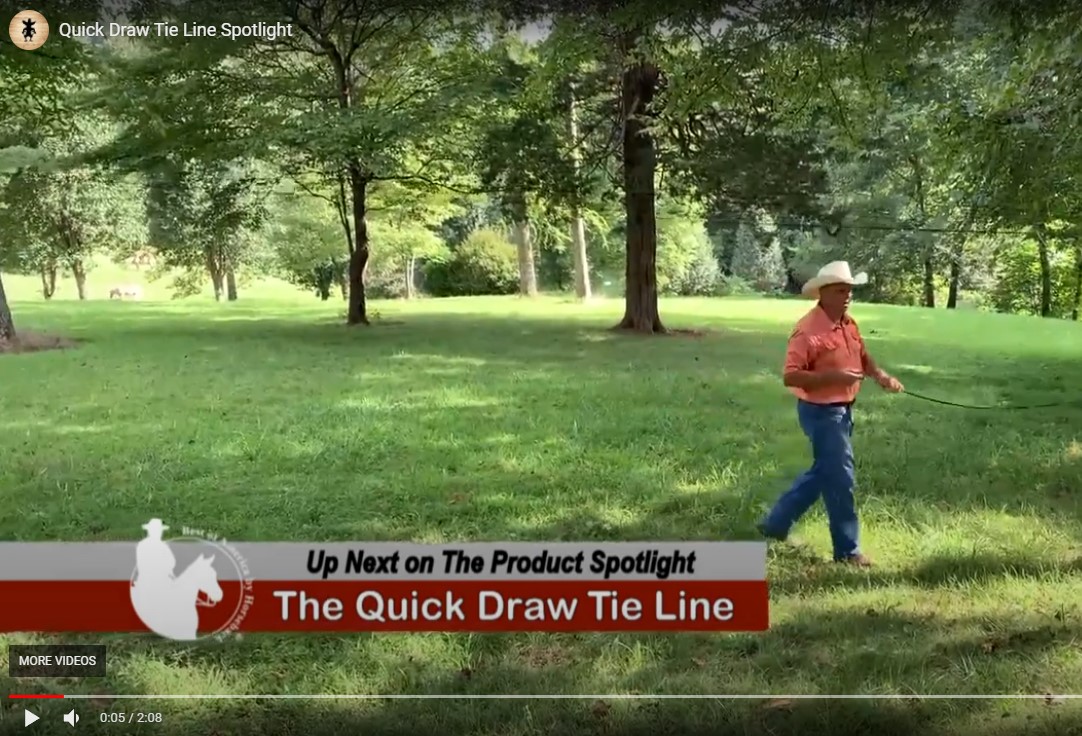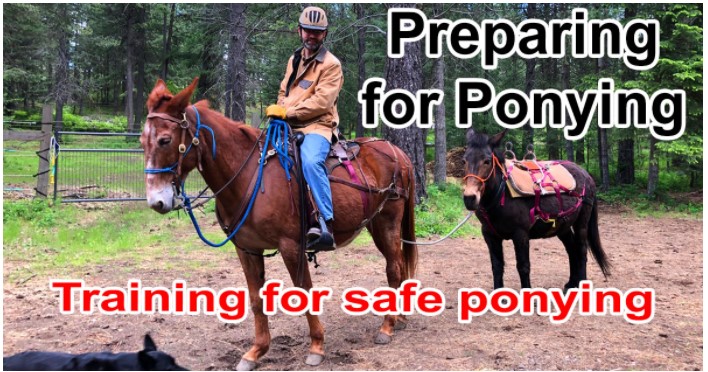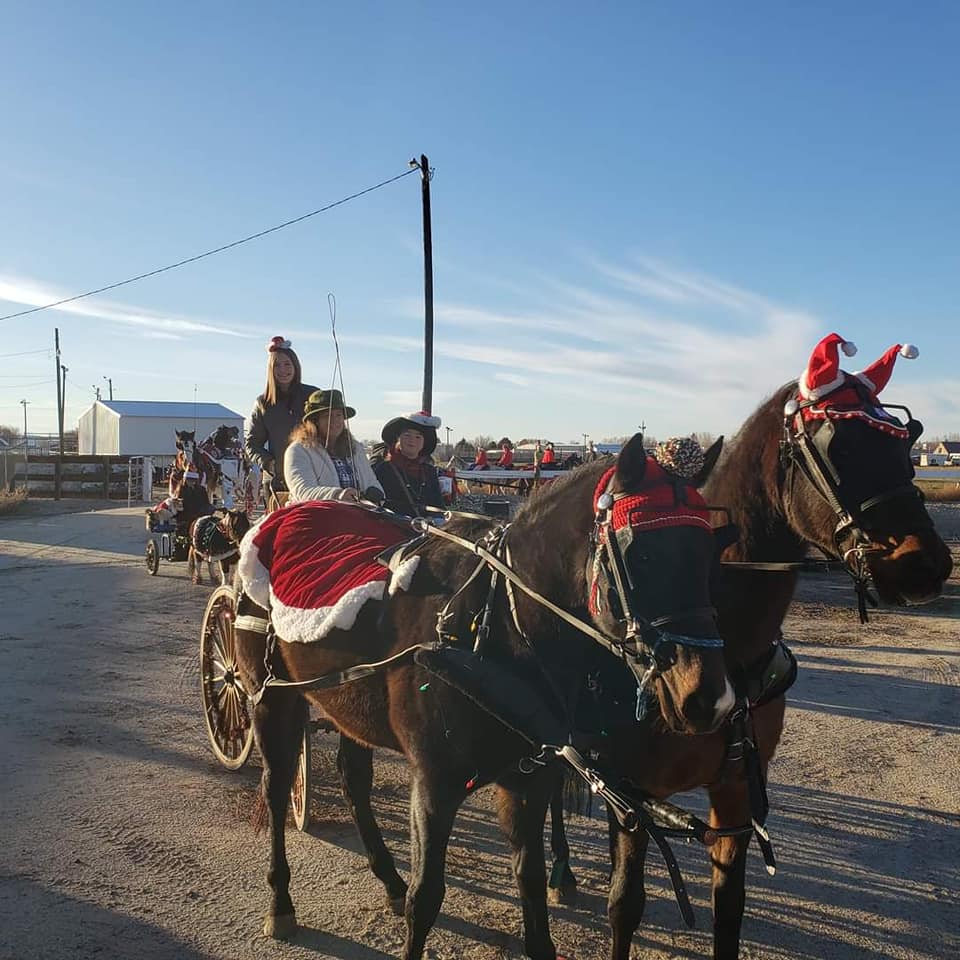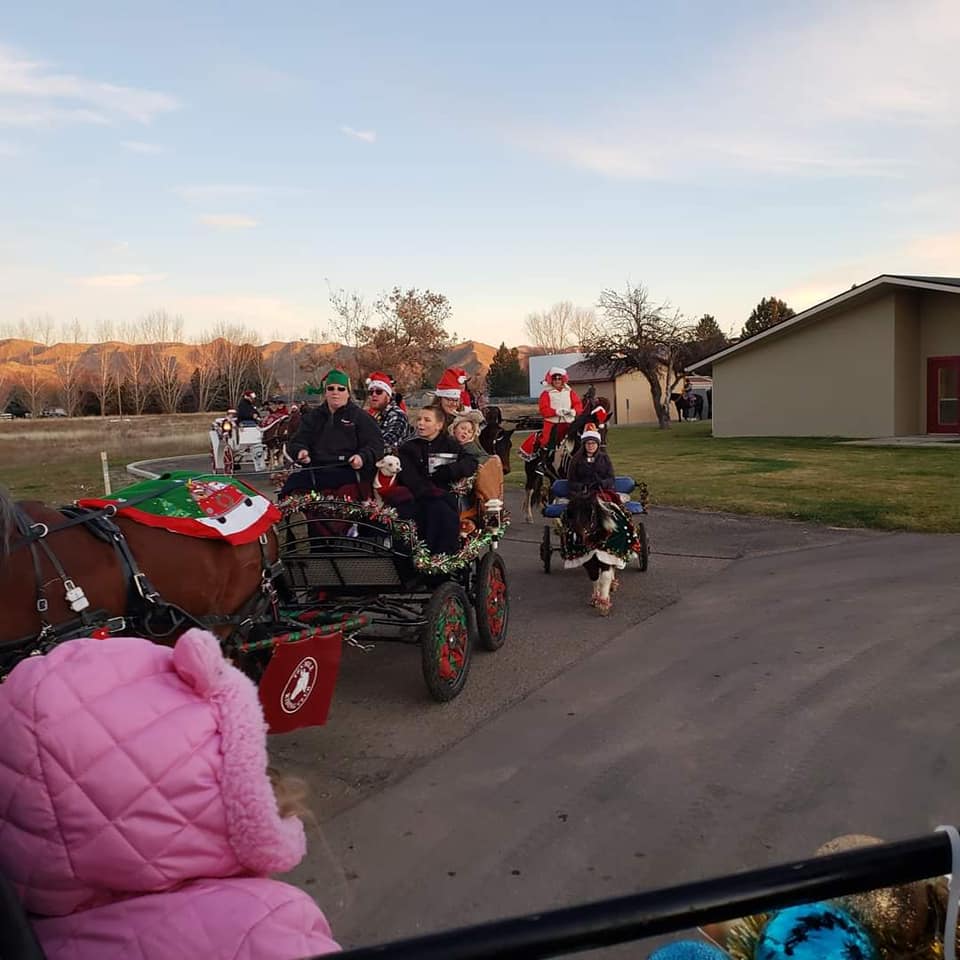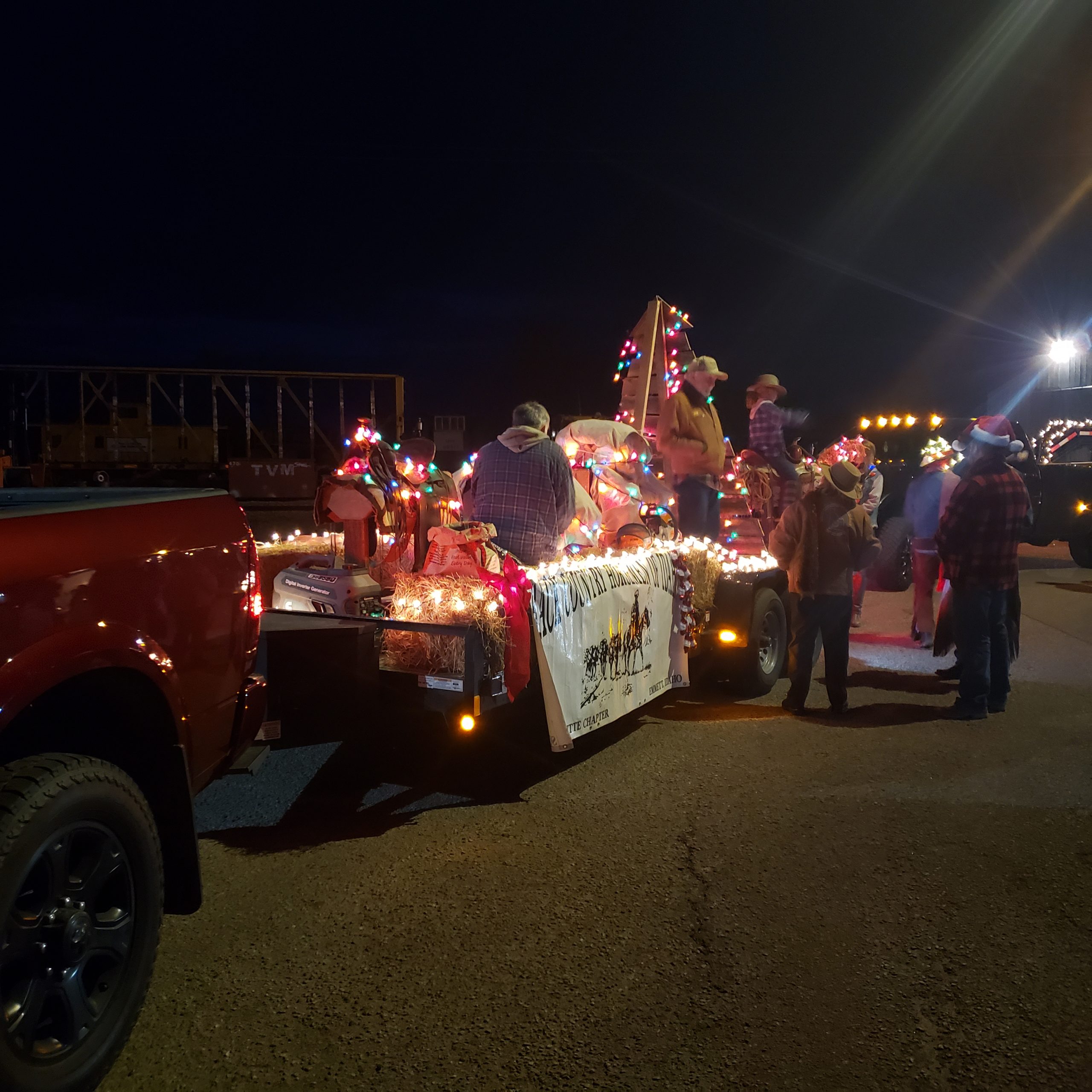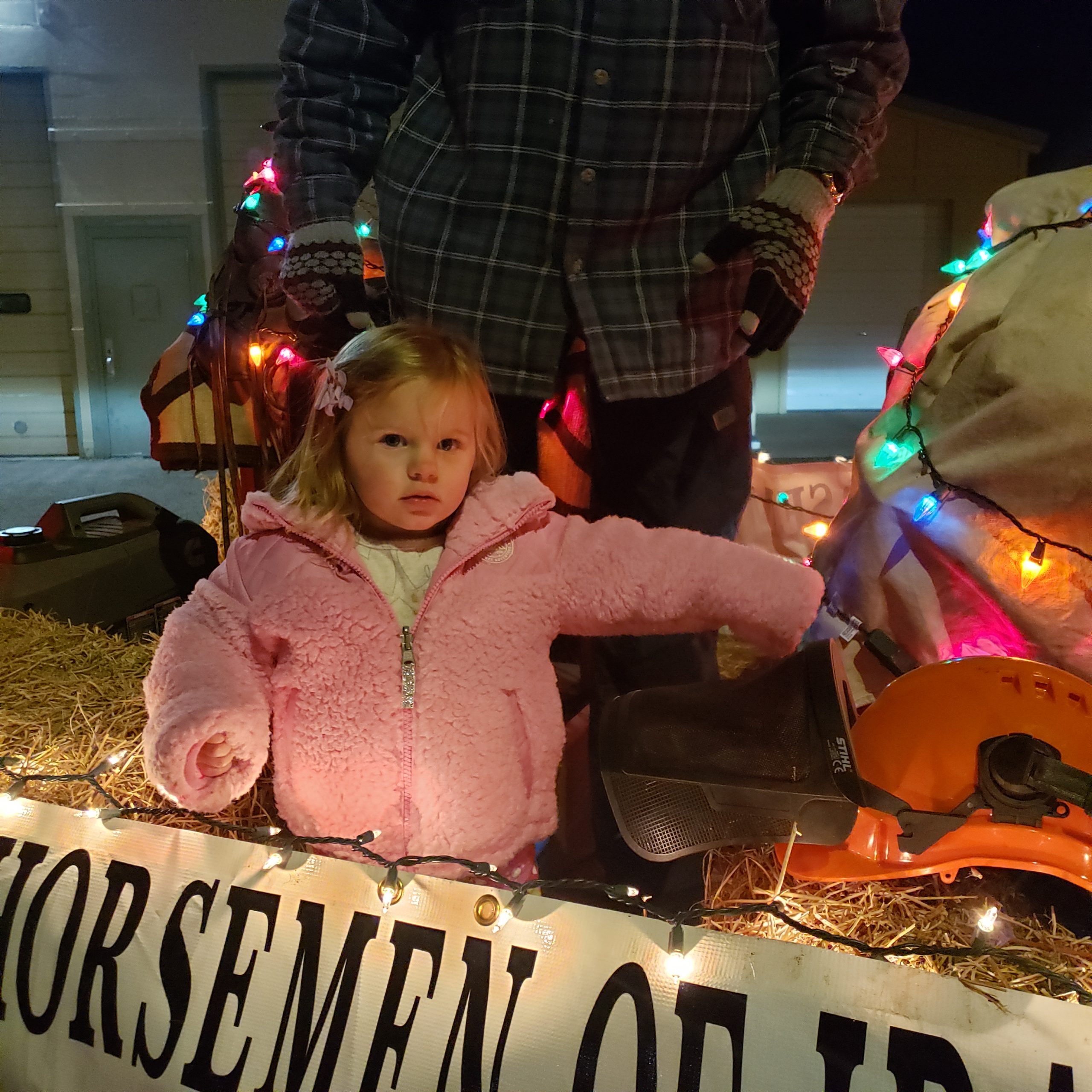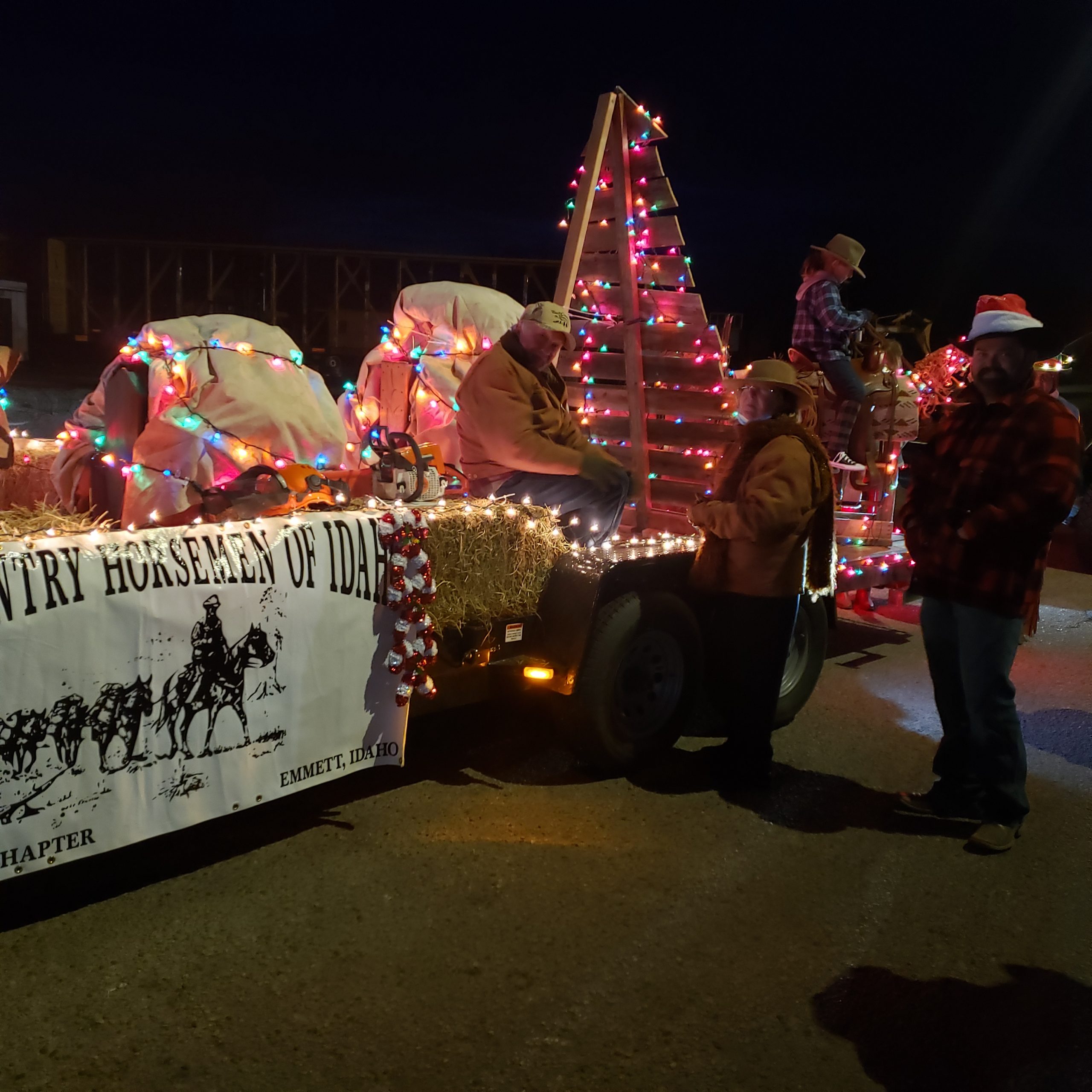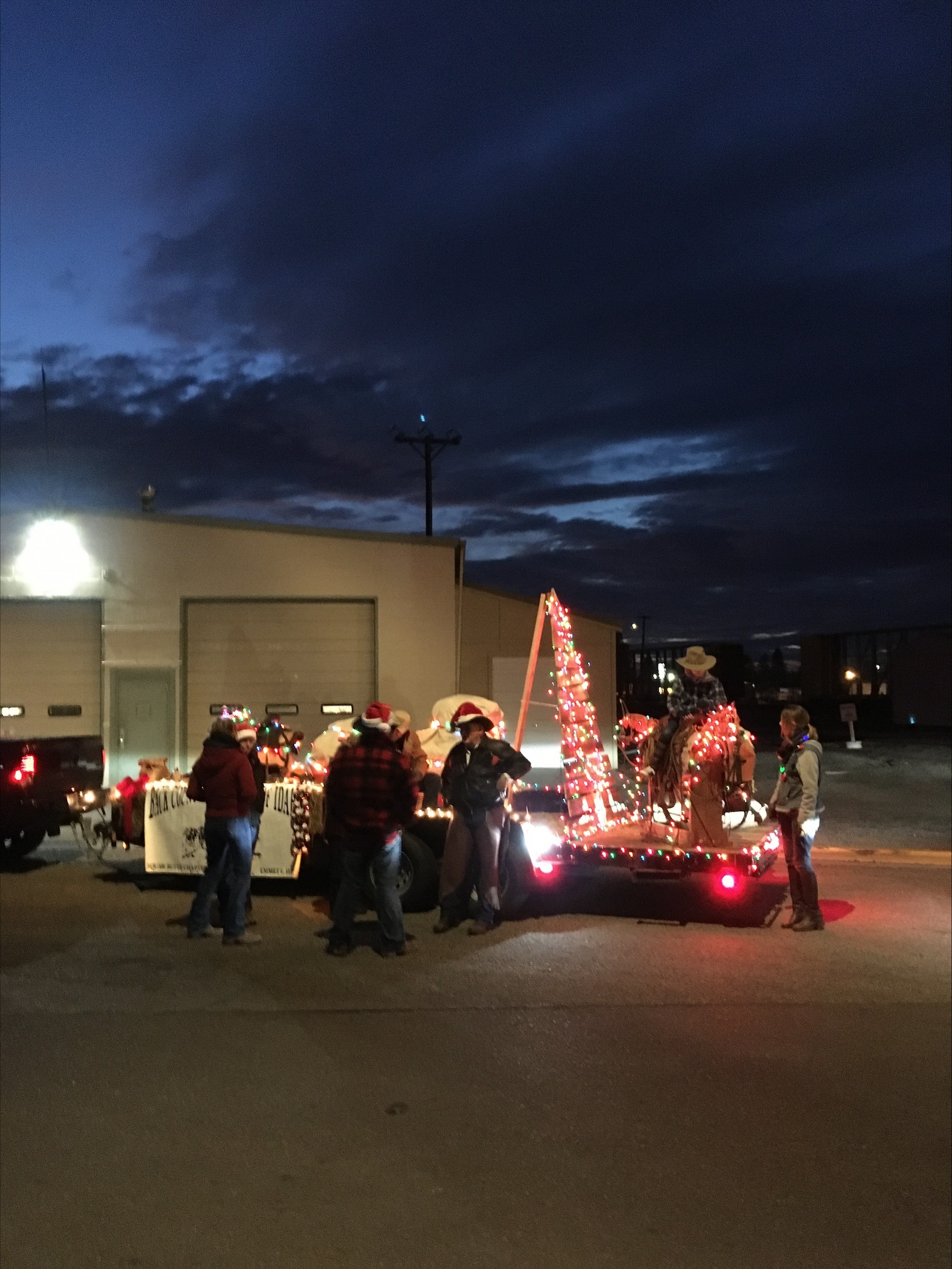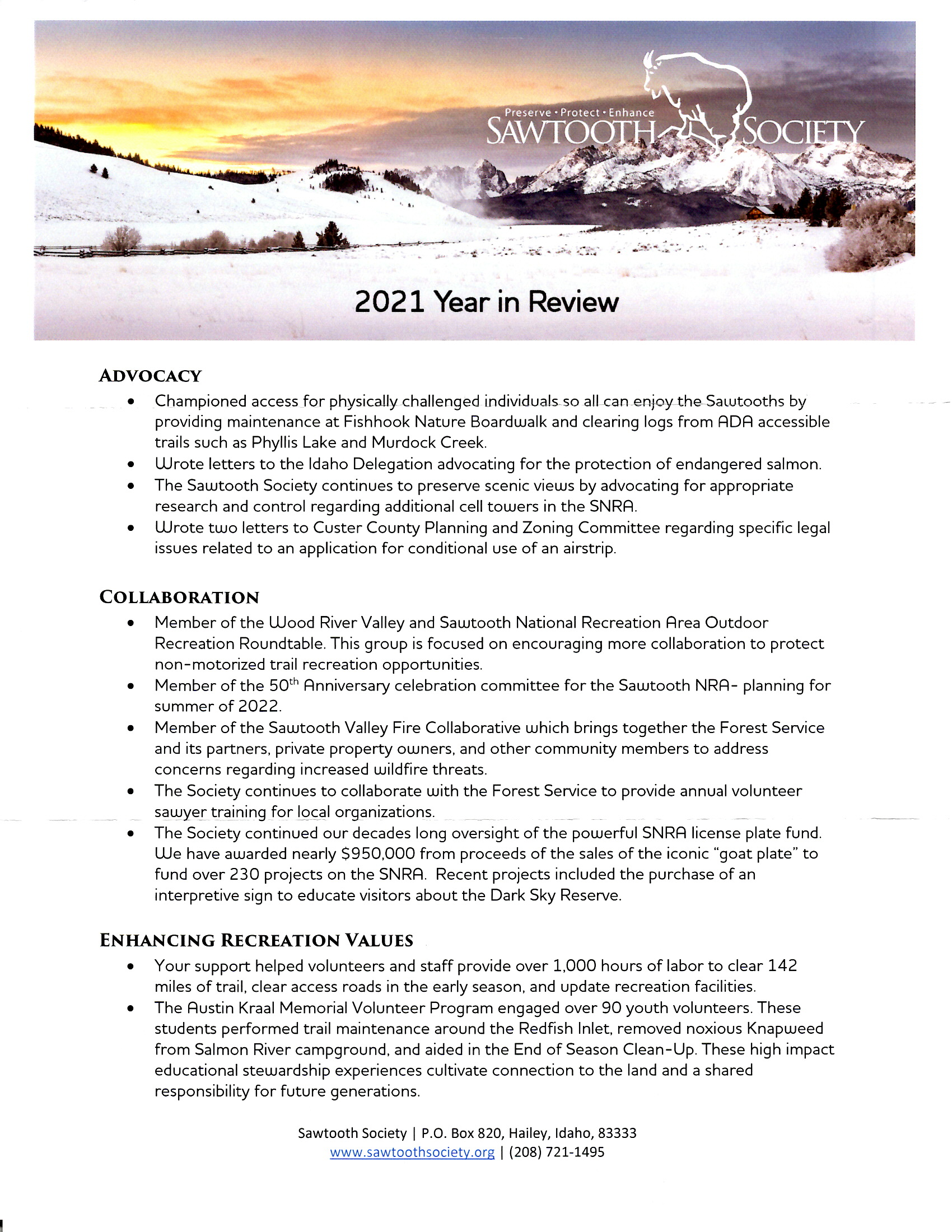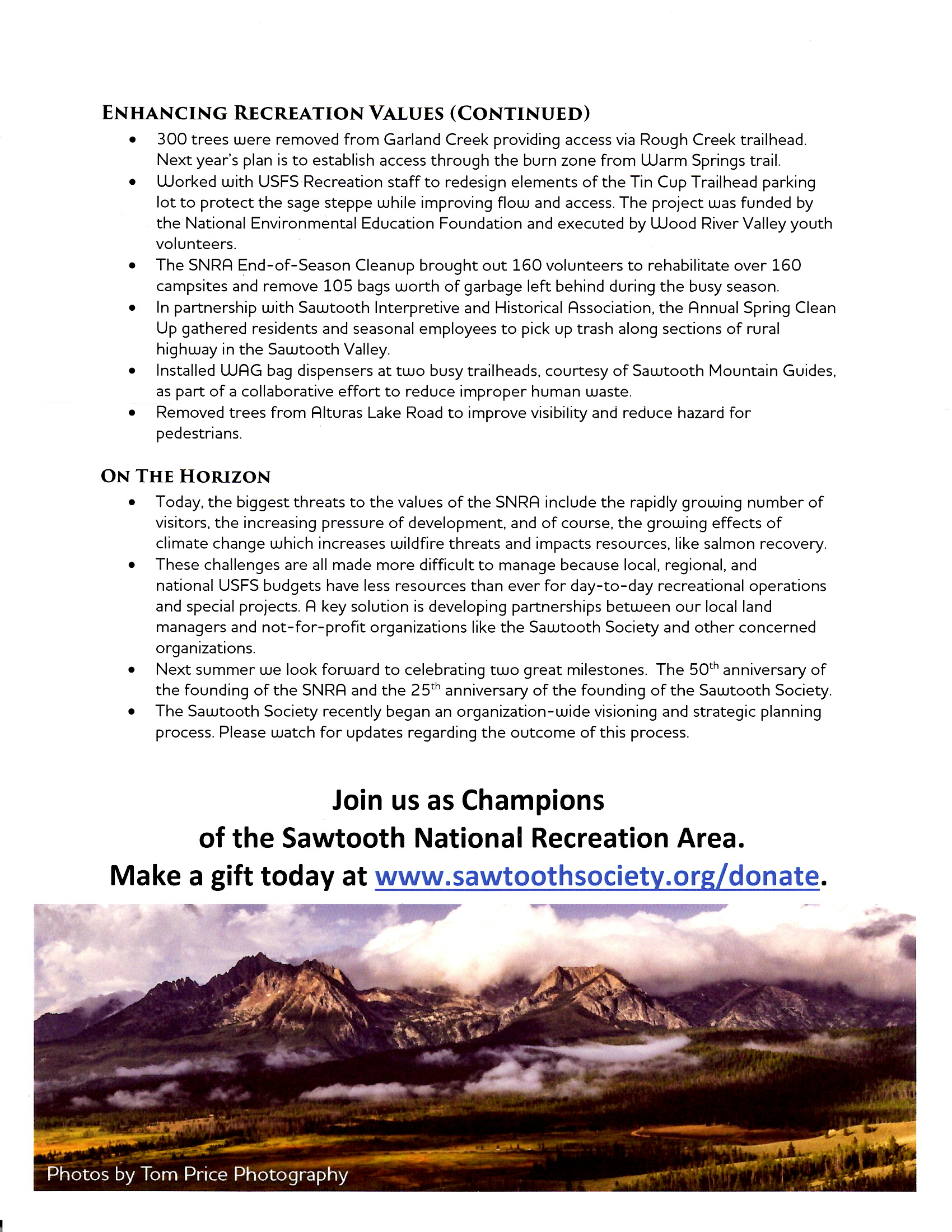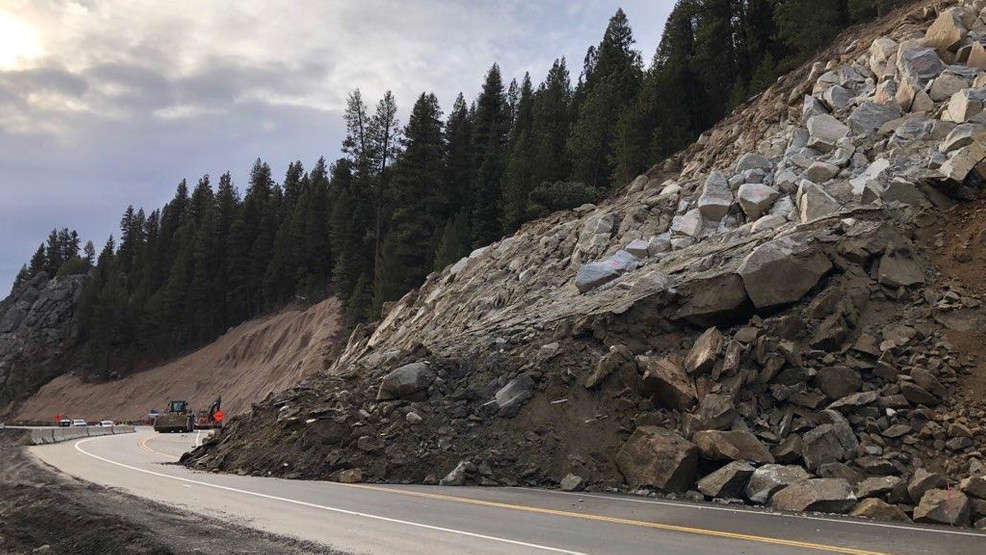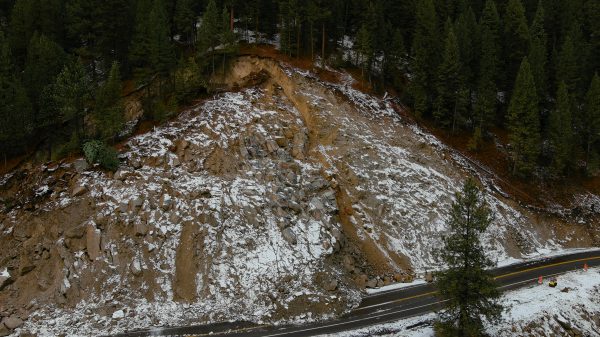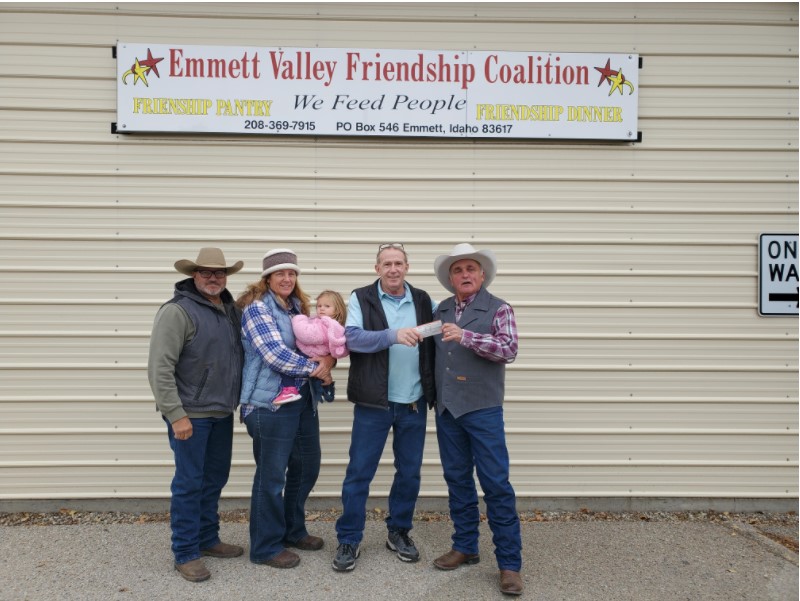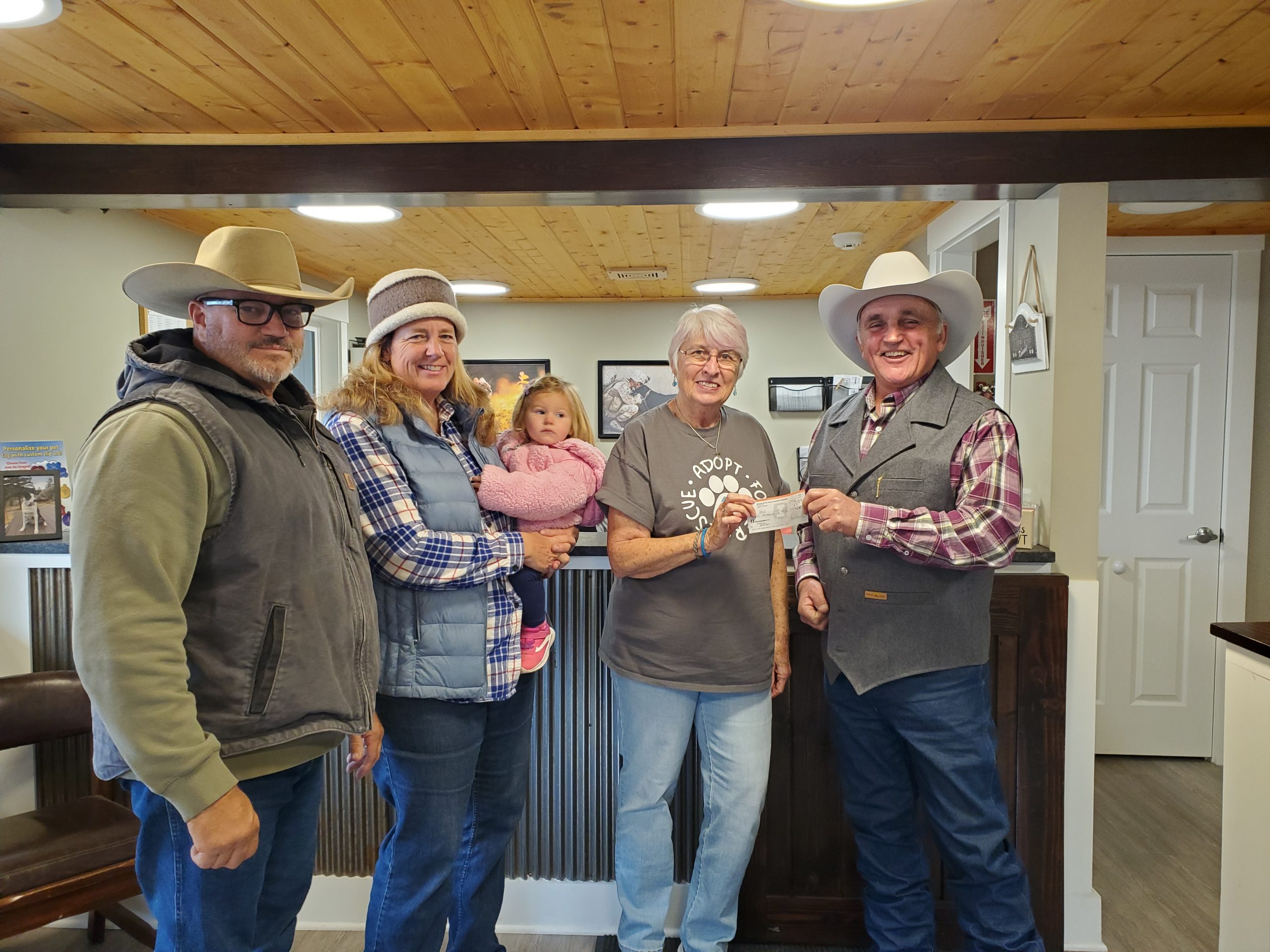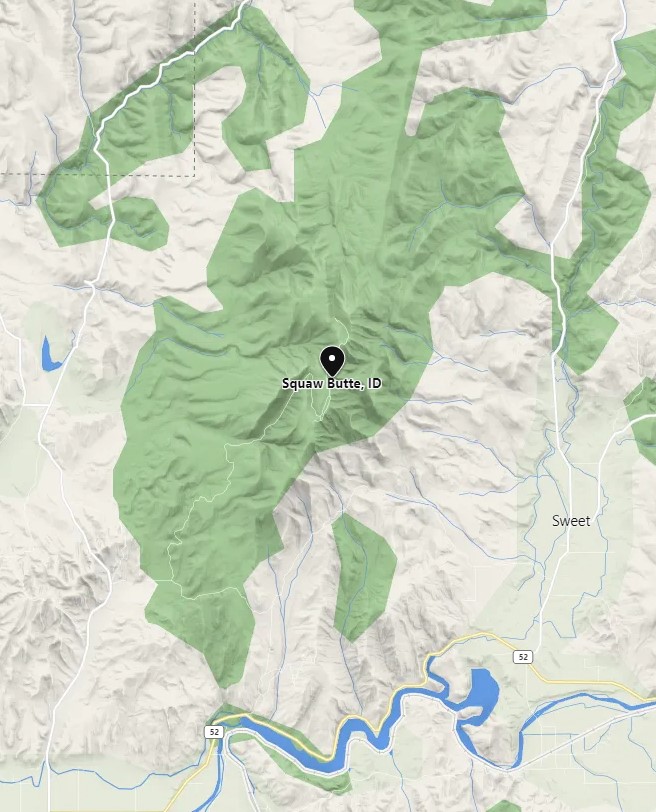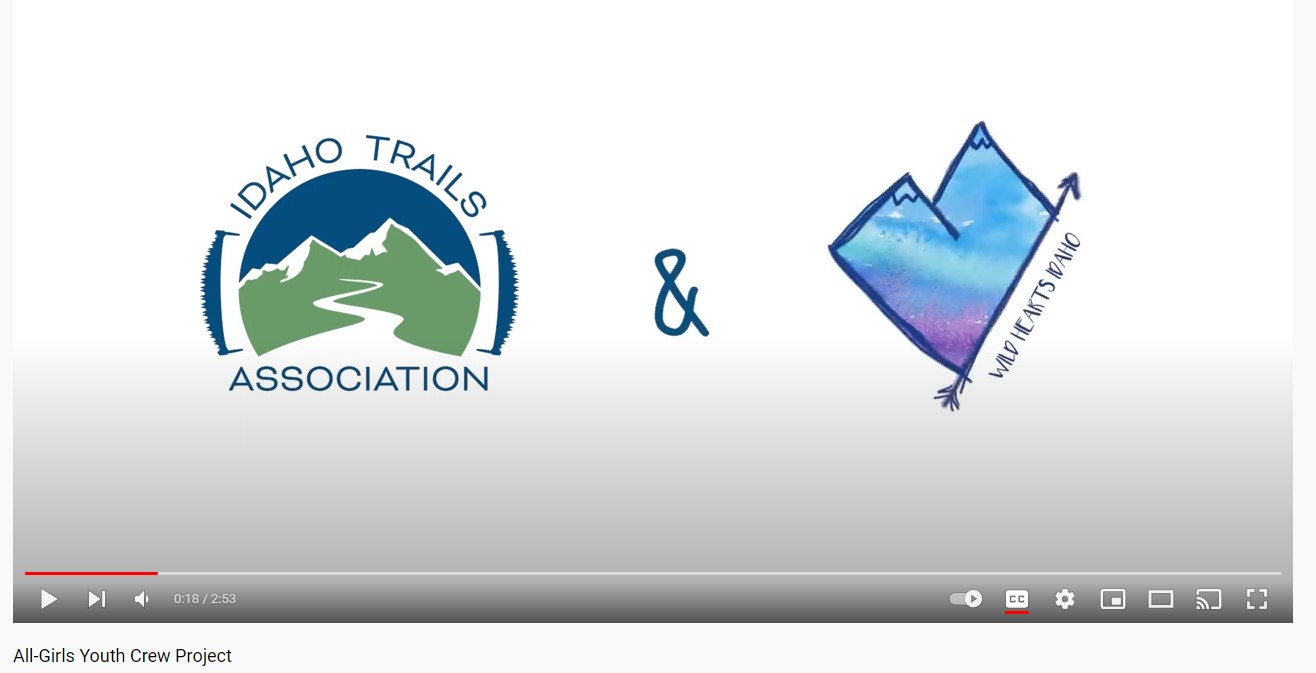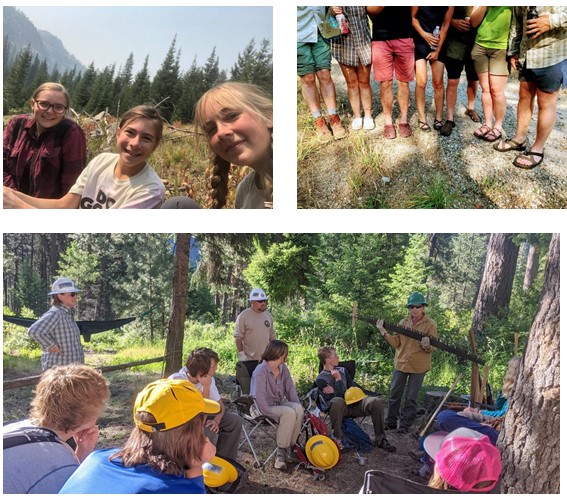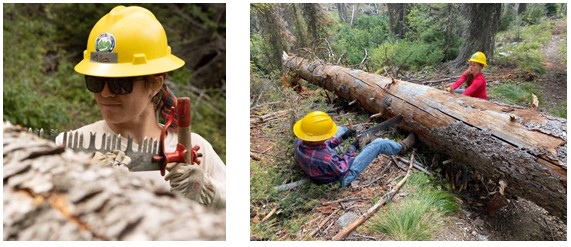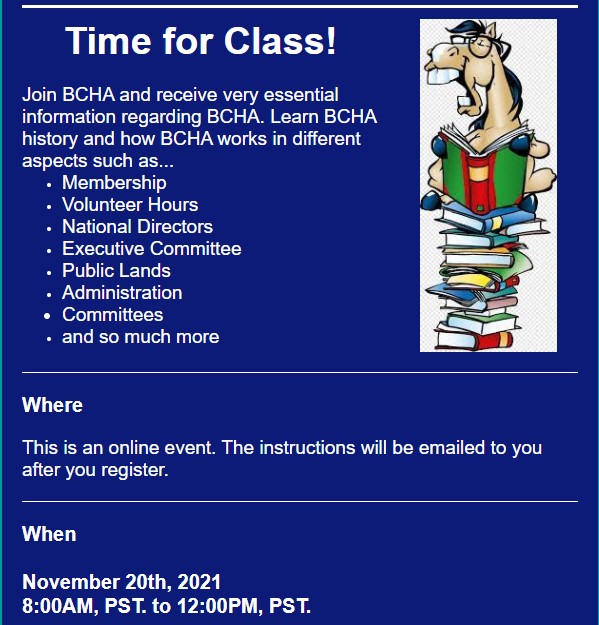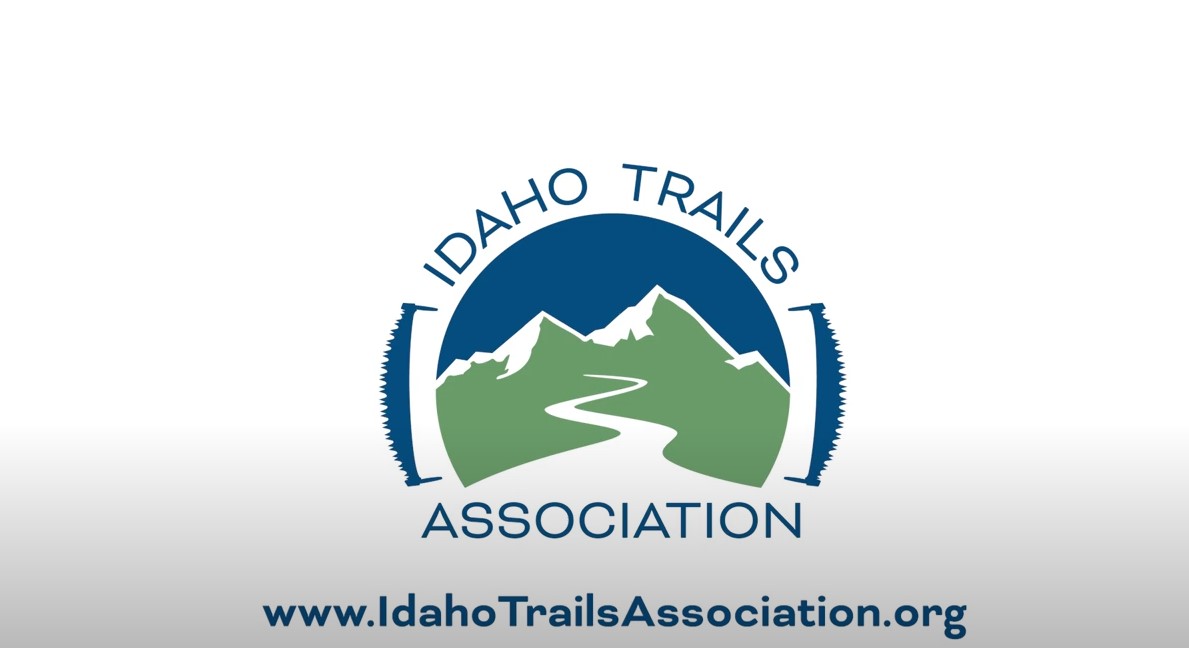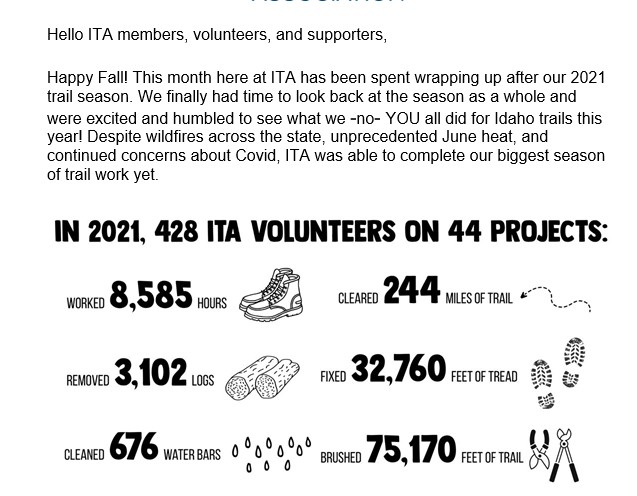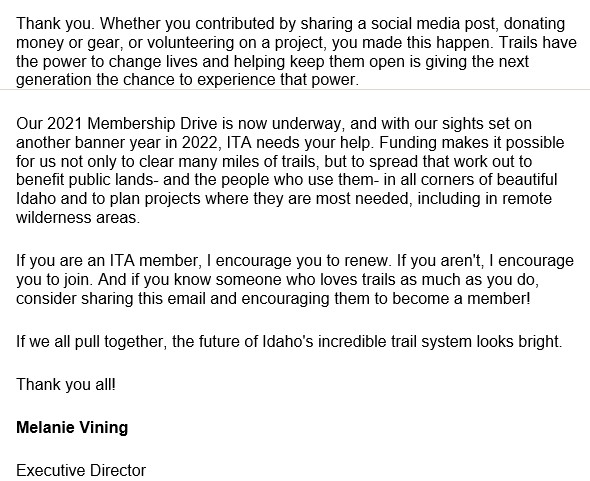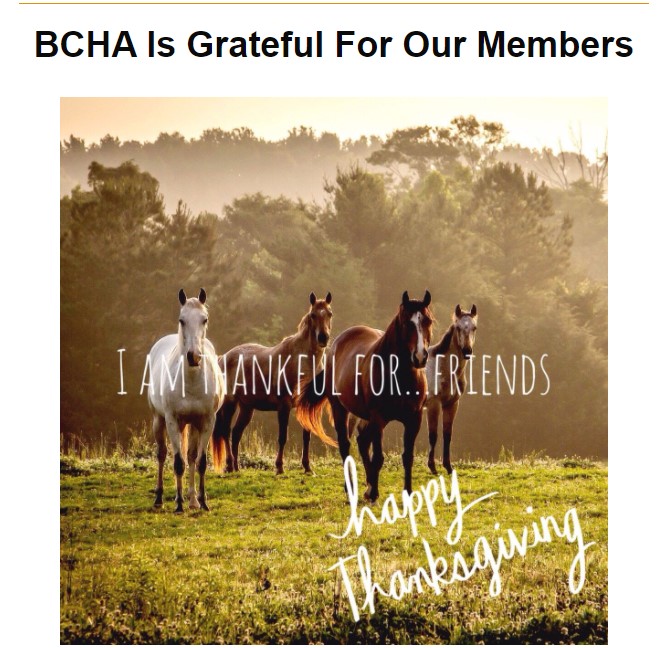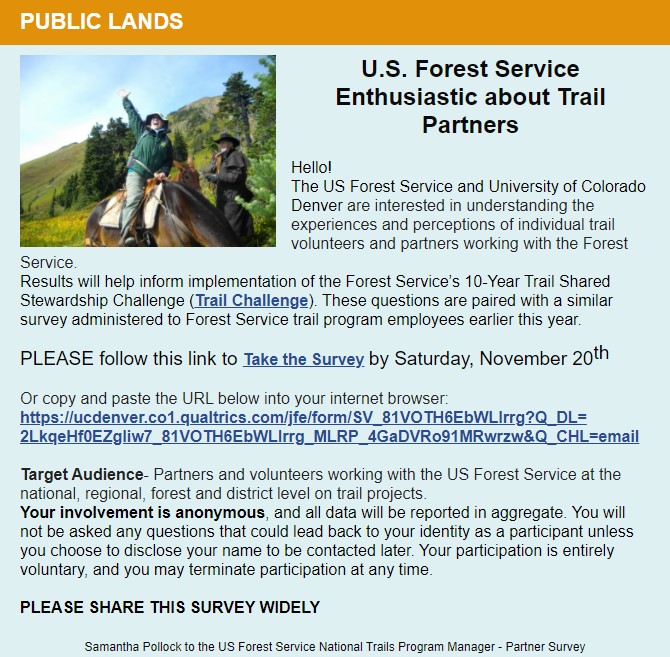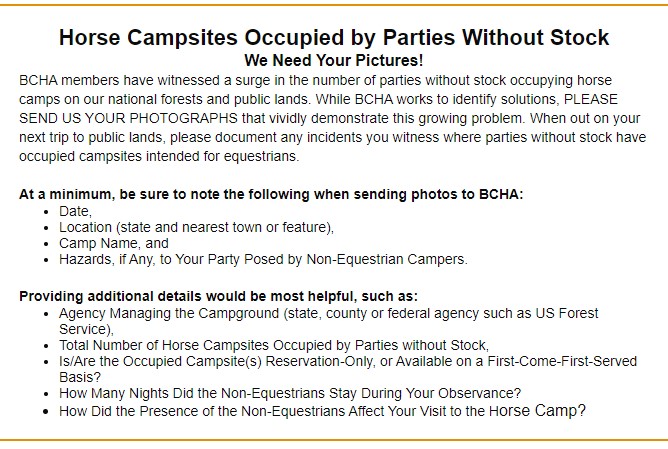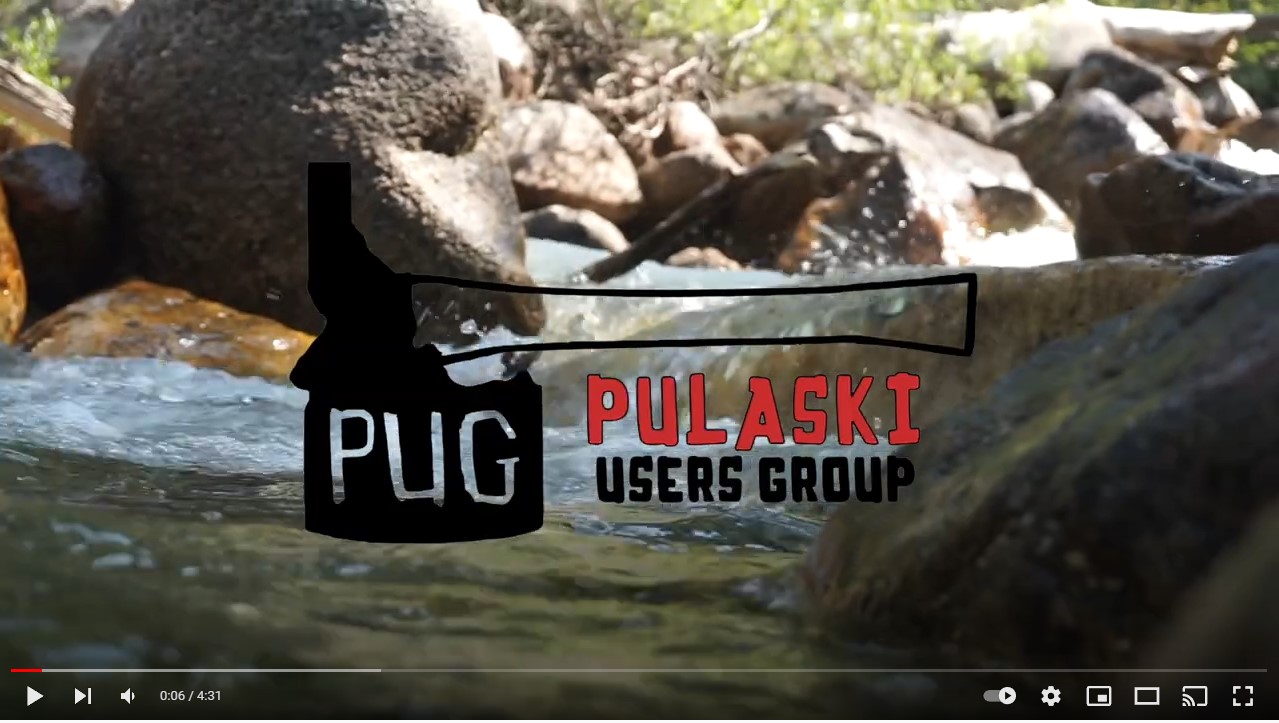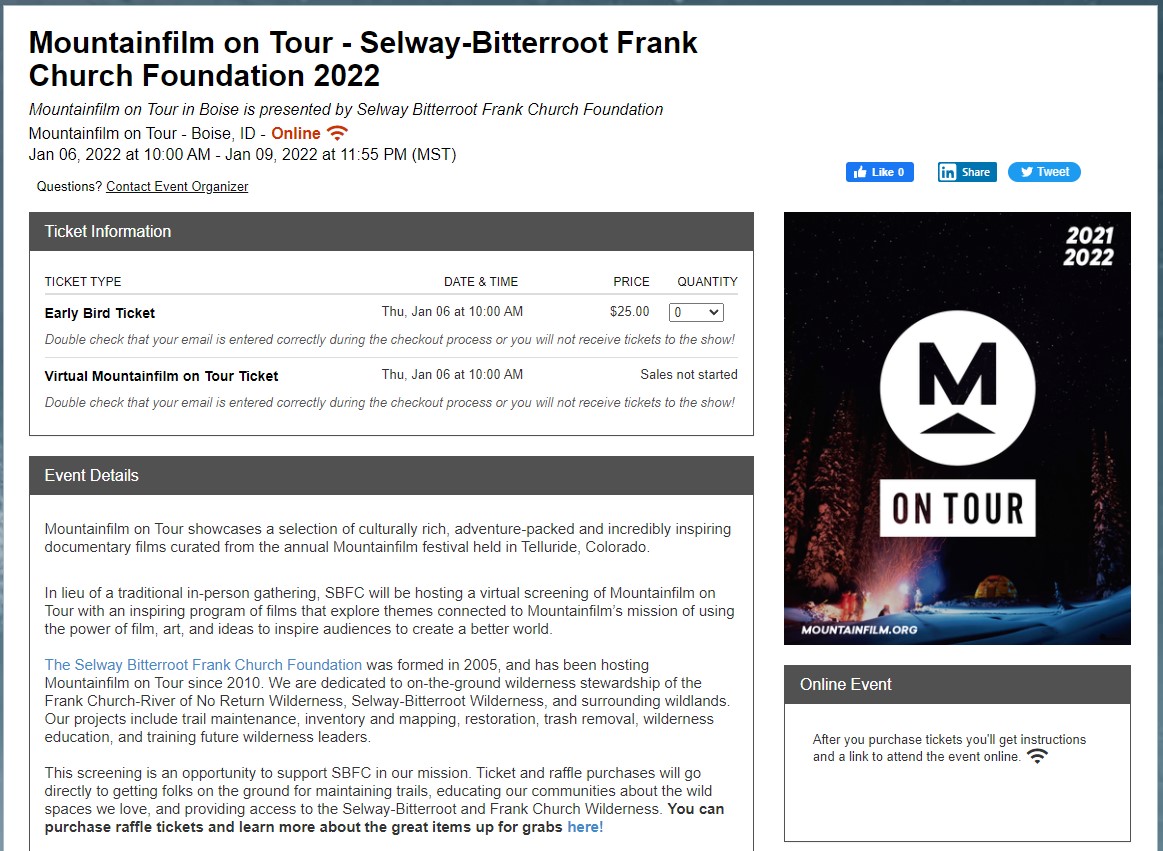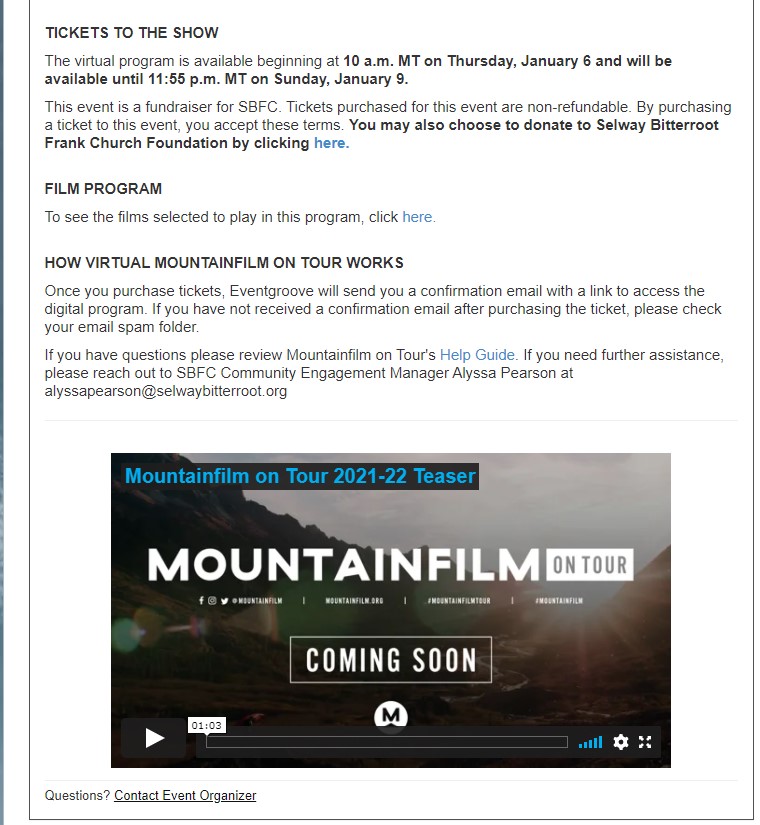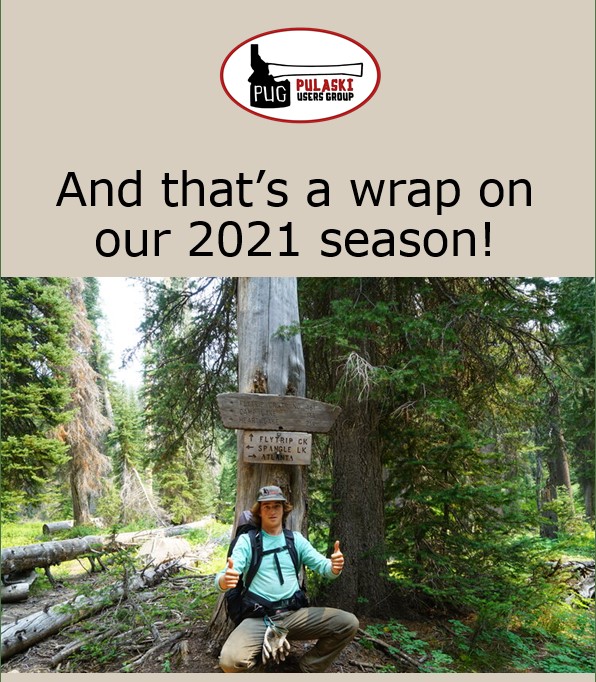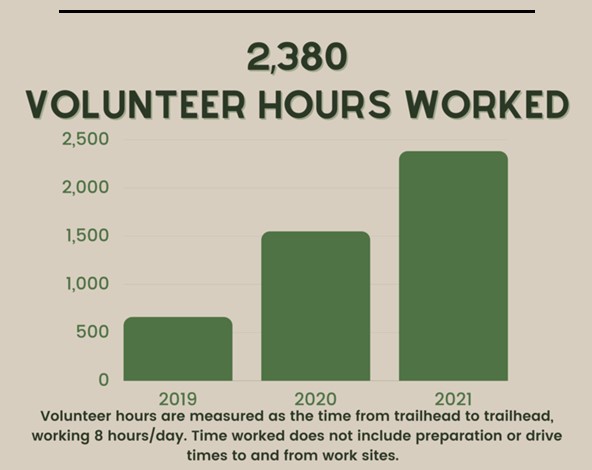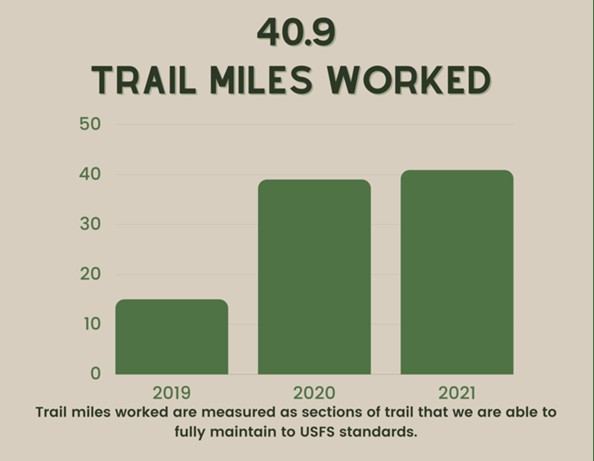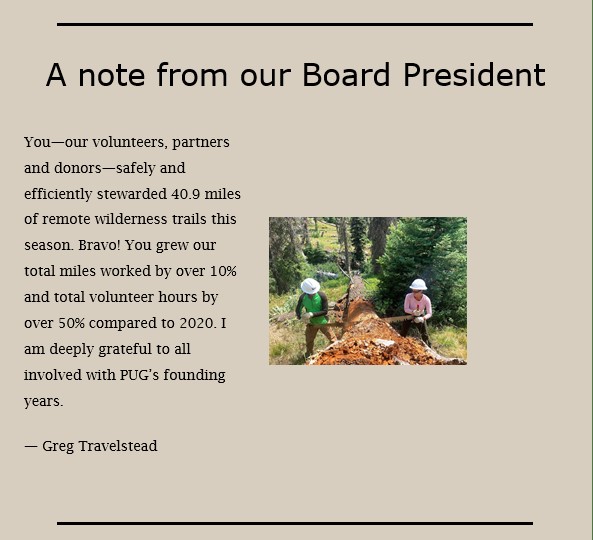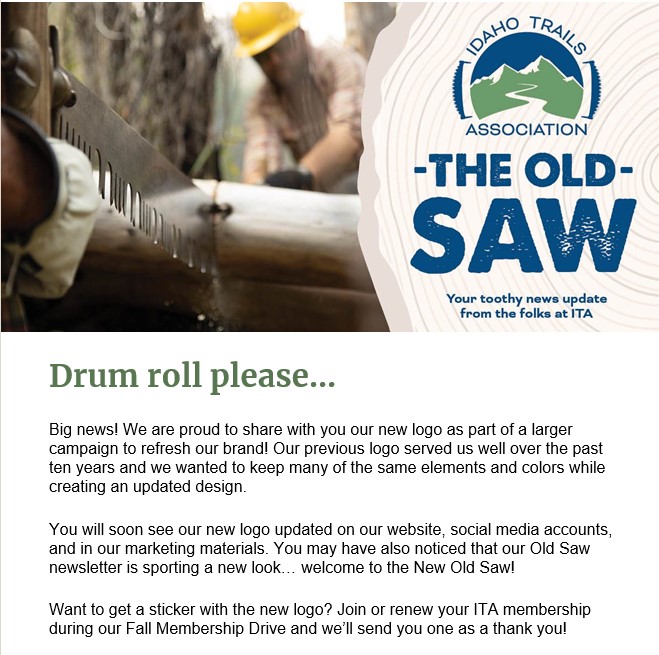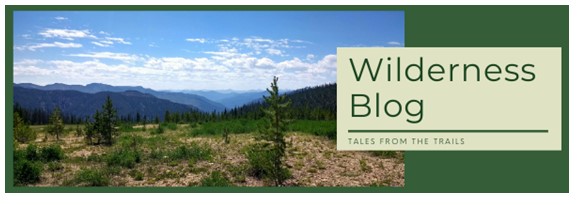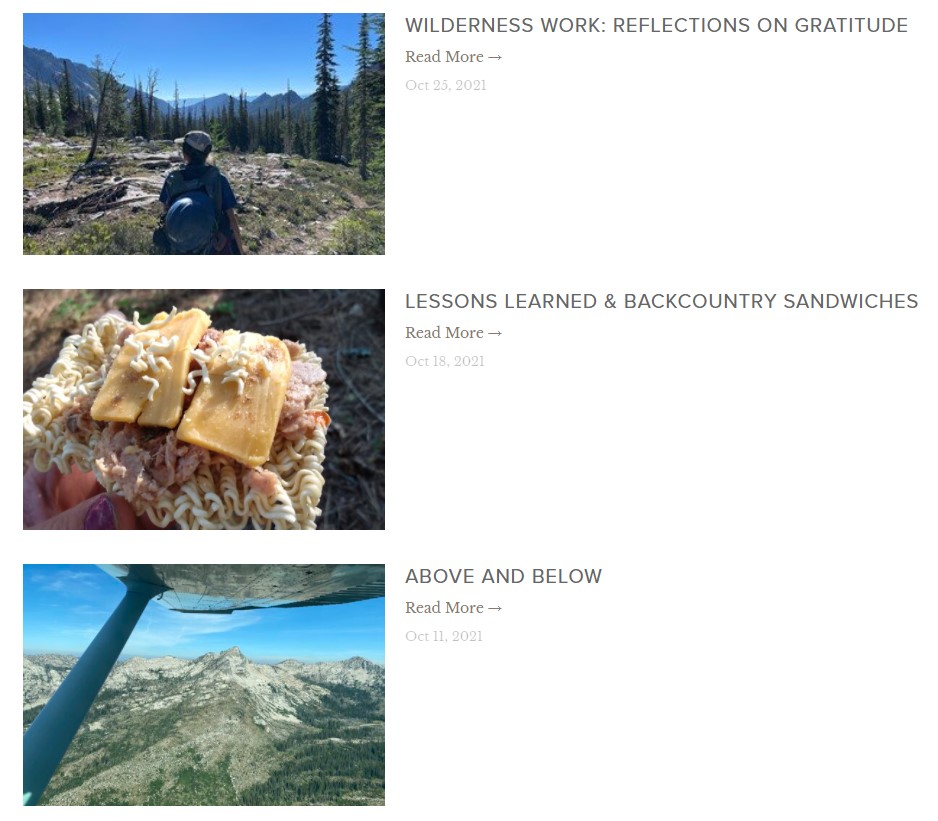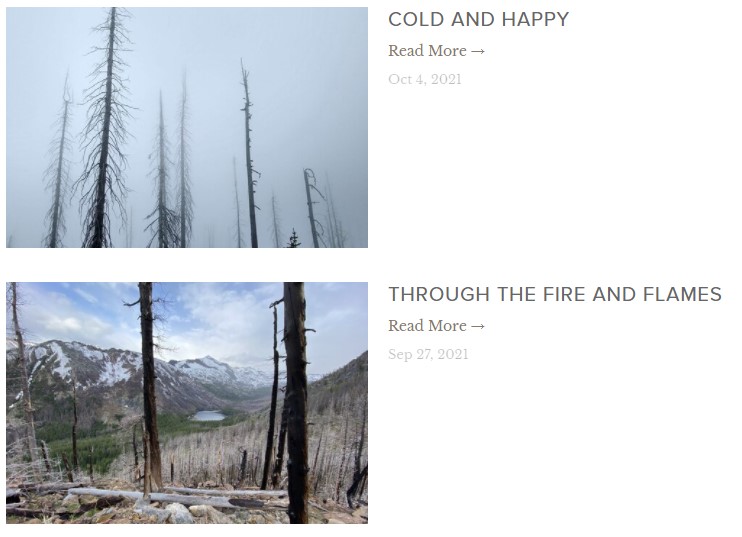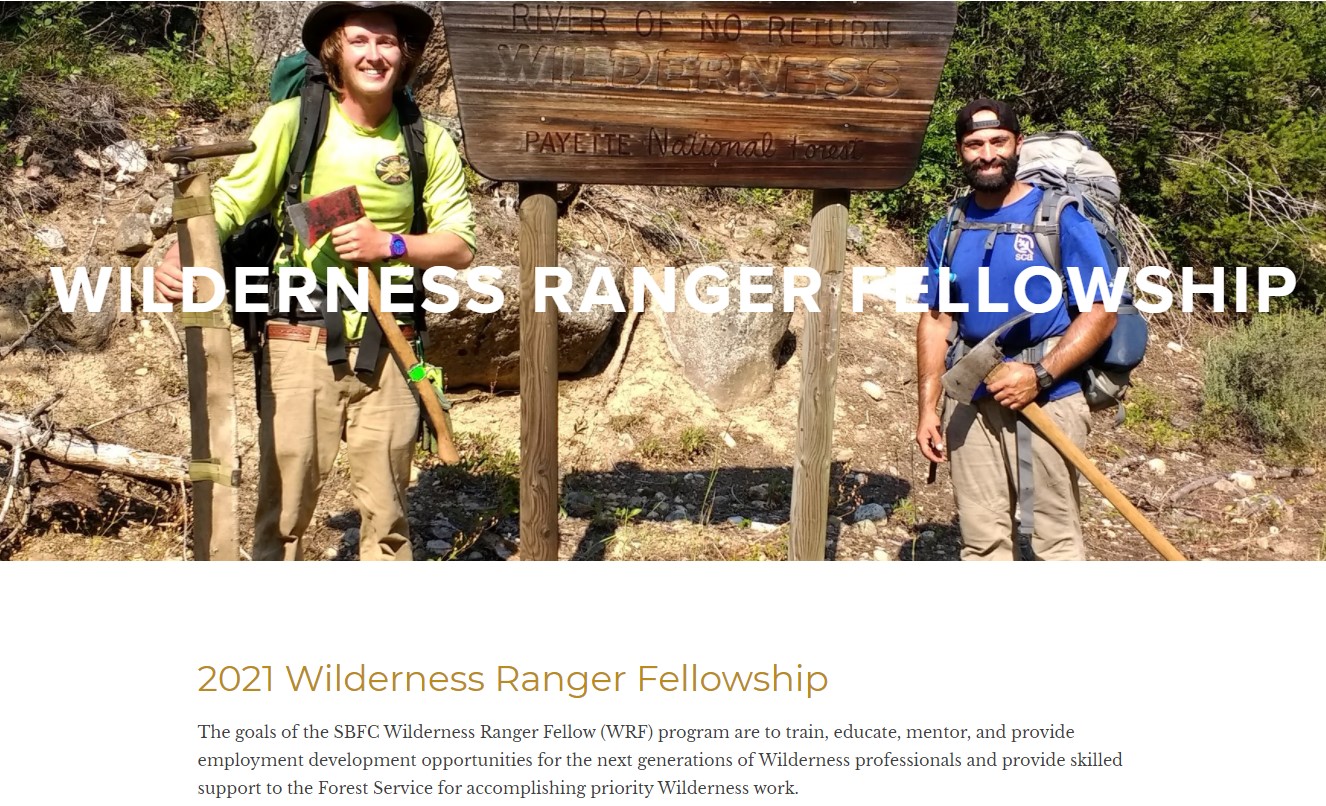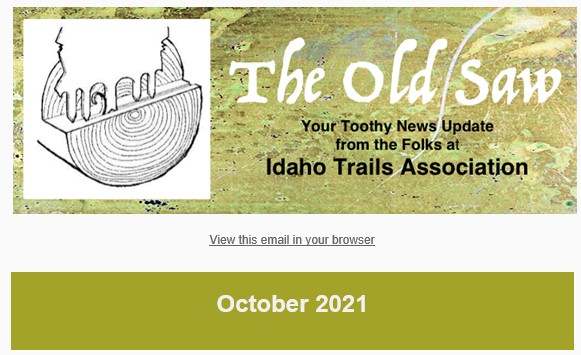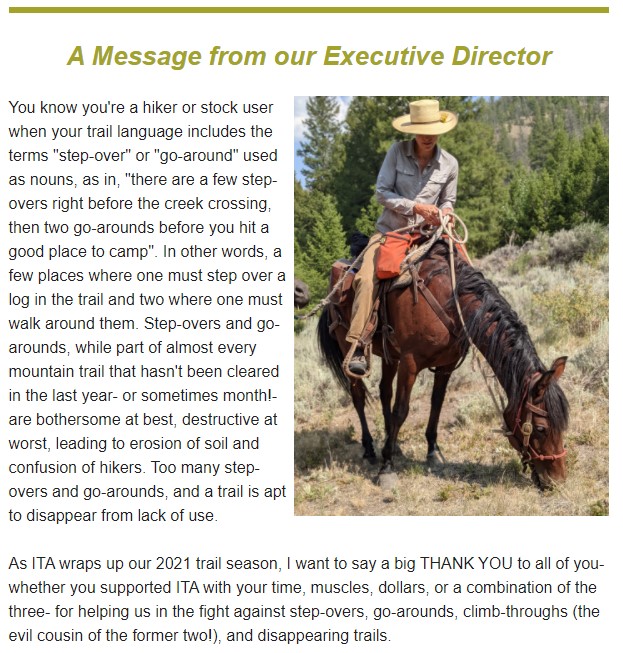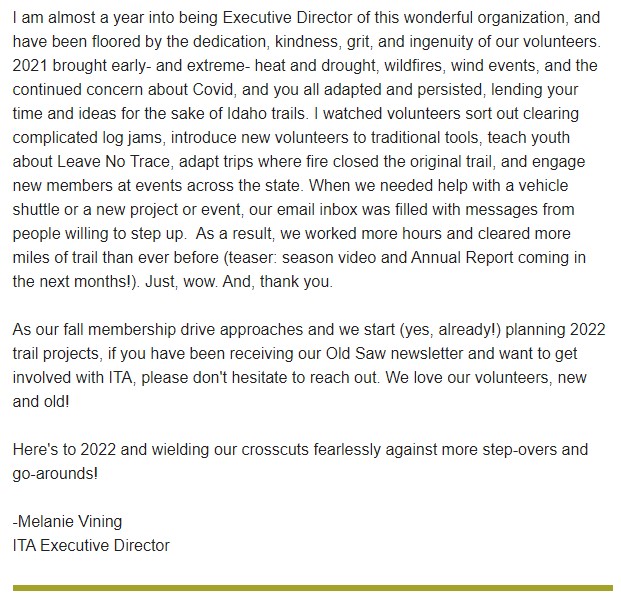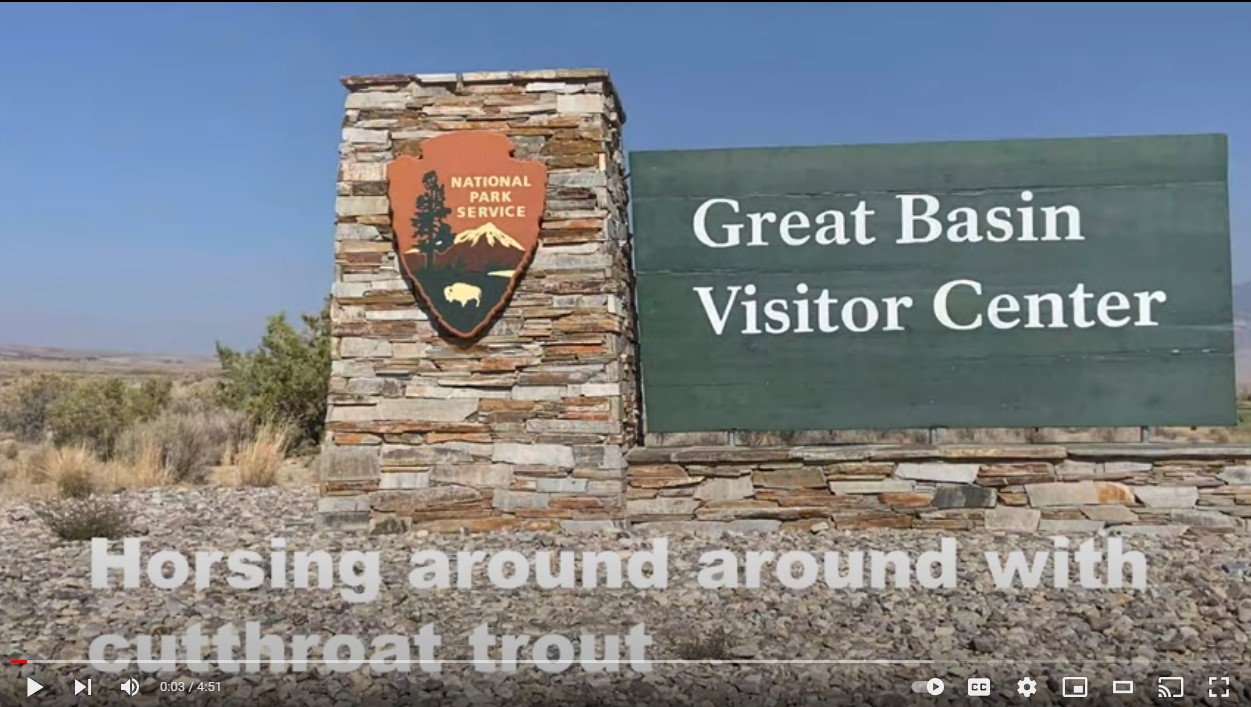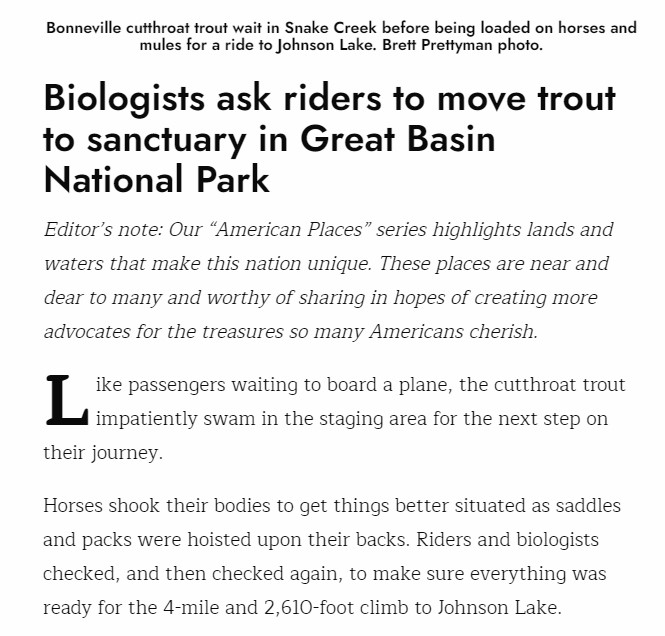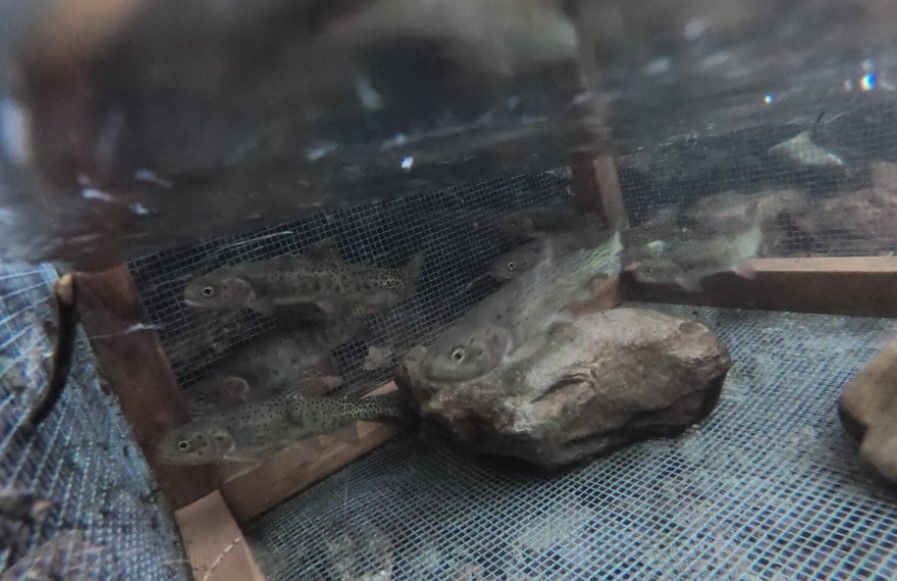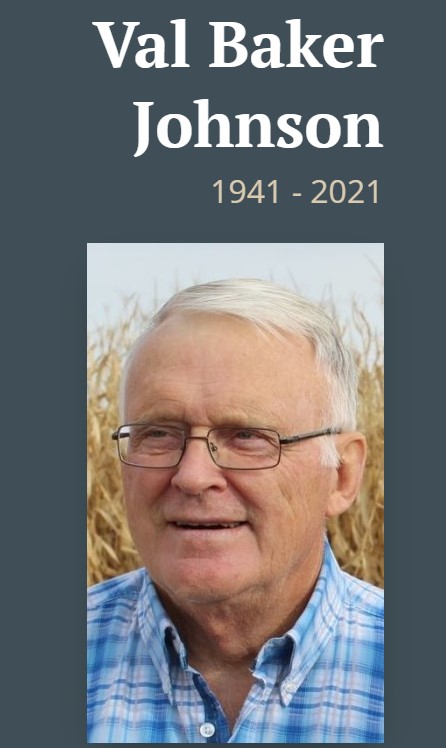
Val Baker Jonhson, husband, father, brother, friend, grandfather, packer, mule-man, teacher, and political scientist passed away Friday morning, November 12, 2021, at Grace Assisted Living in Twin Falls, Idaho with his family by his side.
Val was born in Nampa, Idaho on March 6, 1941, to Marie Baker and Lafe Gwilliam Johnson. He was raised in Cascade and joined by sister Sharon and later, brother Joe. Being older, Val was their caregiver and backbone of the family for many years. As a youngster, he traveled to the backcountry with his dad, uncles, grandpa, and grandma to the Snowshoe Cabin area, many summers herding sheep.
Val graduated from Cascade High School in 1959 and went to Brigham Young University that fall. The second semester he tried the University of Idaho but did not like beer, so transferred back to BYU and graduated in 1963 with a degree in Political Science. Figuring he would get drafted, he enrolled in the US Air Force Officer Training School in San Antonio, Texas in November of 1963. Thereafter, he was assigned to Strategic Air Command (SAC) HQs at Offutt Air Force Base in Omaha, Nebraska as a 2nd Lt. Photo Intelligence Officer. It was here that he met Stephen P. Mealey with whom he would later partner and run an outfitting and guide business in Salmon. Val was sent to Vietnam from December 1965 until December 1966. Upon his return, in his new blue GTO with white leather interior, he made it to Offutt AFB for a New Year’s Eve party where he first met Sara Lee McConnell, also an AF Intelligence Officer.
Val and Sara were married on June 9, 1967, at the Offutt AFB Chapel. Their USAF obligations were met within two weeks of each other in February of 1968 at which time they moved to Salmon, Idaho, and with Steve Mealey, started Nez Perce Outfitters and Guides. Big-game hunting and summer float and pack trips were the results. Val and Sara bought 120 acres on the Salmon River, which was ideal for keeping pack string animals and later Hereford cows and pigs. Val and Steve sold the outfitting business in 1971 and Val opted to go to Idaho State University to get his teaching certificate in Social Studies. He kept the float business for a few years and continued his many backcountry explorations.
Daughters Laurie and Suzie were born in 1968 and 1969, respectively, and they all lived in the old log house. The pastures were irrigated via ditches from a pipeline just south along the Salmon River. Wheel lines were added when the kids were gone! In 1971, they built a house east above the highway, and Erik came along in 1974.
For the 25+ years that Val taught at Salmon High School, his voice rang through the hallways. The relationships that he developed with students and faculty went beyond the classroom and continued throughout his life.
In 1978, Val was instrumental in joining three Montana state chapters of Back Country Horsemen, with a newly formed Salmon River Back Country Horsemen, the first in Idaho. Val, Dave Couch, and Richard Smith were the visionaries for the future Back Country Horseman of America. Now in 2021, there are 212+ chapters in 32 states with roughly 13,000 members throughout the US and Canada.
Val’s extreme love of the backcountry and his mules were part of his DNA. His favorite mule, Reuben, carried him thousands of miles and still carries his grandchildren today. He shared his appreciation of mules, hunting, and the backcountry with his children and grandchildren. Lick Creek hunting camp and fellow riding companion stories abound to this day.
From plaza backgammon games in Turkey, travel to India, visiting Suzie wherever she was stationed, 30 days with Cole in South Africa, rodeoing with Erik, and attending high school sports with grandchildren, Val so enjoyed seeing different places and varied cultures. In 2009, Val and Sara purchased a second home in Arizona, where his pace slowed to the desert and warmer climate.
Val is survived by wife Sara of 54 years; daughter Laura Marie (Bill) Lickley of Jerome, Idaho, grandchildren Valene Marie Lickley and Cole Johnson (Anna) Lickley; daughter Suzanna Kay Hardy and grandsons Andrew Johnson Hardy and Kyle William Hardy; and son Erik McConnell Johnson of Eltopia, Washington, and grandchildren Tiegan Grace, Tessa Faith, and Traver Imes Johnson. He is also survived by his sister Sharon (Joe) Stippich of Weiser and half-brother Joe (Marla) Worthington of Red Oak, Iowa.
In lieu of flowers, the family suggests donations be made to the Salmon Public Library or your favorite educational or outdoor charity in memory of Val.
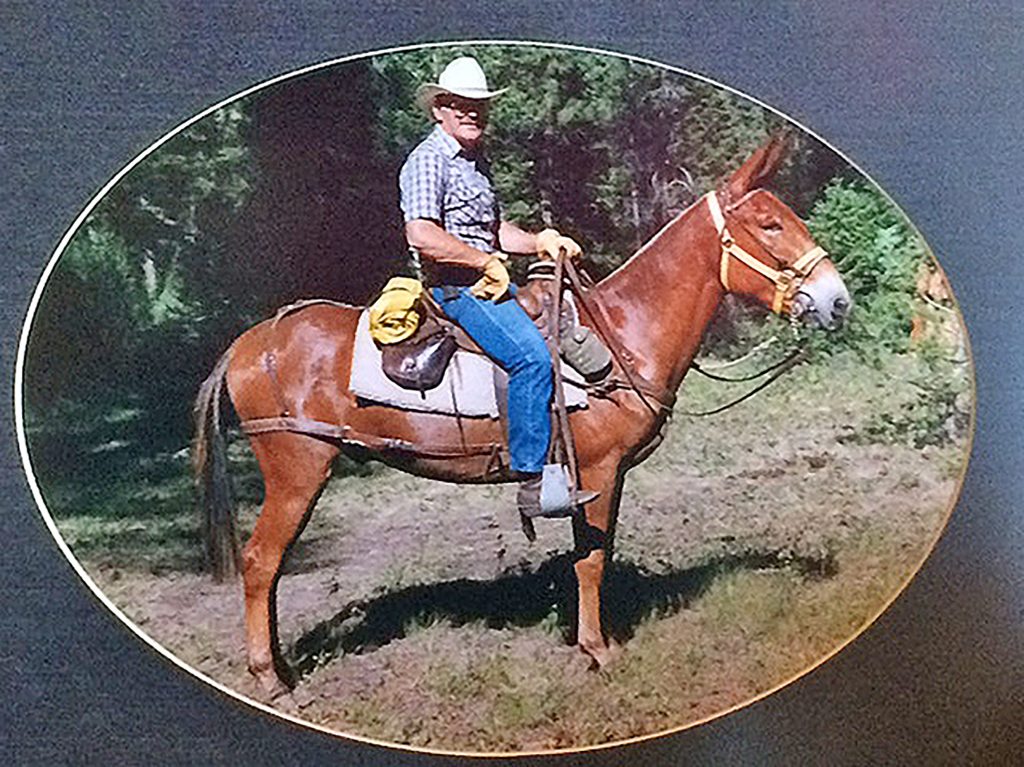
BCHA Announces 2012 Legacy Award Winner
Back Country Horsemen of America leads the nationwide effort to preserve trails for horse use, not only for today’s equestrians, but also for tomorrow’s. They seek to leave an inheritance to future generations; a legacy of responsible enjoyment of America’s wild lands the way our forefathers did: by horseback.
With that goal in mind, Back Country Horsemen of America selects an individual member each year whose numerous contributions, made over many years of dedicated membership, exemplify their mission and values. In 2012, BCHA chose Val B. Johnson of the Salmon River Chapter of Back Country Horsemen of Idaho.
There From the Start
Val was an organizing founder of Salmon River Back Country Horsemen in Idaho in 1978, the fourth group in the original BCH organization, and the first outside of Montana. Val joined the presidents of the three Montana groups (the Flathead, Missoula, and Bitterroot BCH), to outline a proposal for uniting the existing groups into a formal organization. The presidents presented their plan at the first BCH annual convention in Kalispell, Montana, on March 17 and 18, 1979.
That weekend, Back Country Horsemen was born, with stated purposes that Val helped draft: 1) to perpetuate the common sense use and enjoyment of horses in America’s back country and wilderness; 2) to work to ensure that public lands remain open to recreational stock use; 3) to assist the agencies responsible for the management of public lands; and 4) to educate, encourage and solicit active participation in the wise and sustaining use of the back country resource by horsemen and the general public commensurate with our heritage. Over the years, slight updates were made, and a fifth was added: to foster and encourage the formation of new state Back Country Horsemen organizations.
In March, 1983, Val was elected Vice Chairman of Back Country Horsemen. He took the Chairman’s seat a year later, with the goal of affiliating with Washington Back Country Horsemen and the High Sierra Stock Users Association of California. Val was also very involved in the drafting of the BCHA constitution, which was adopted in 1986 by representatives of the groups in Montana, Idaho, Washington, and California. The organization officially became Back Country Horsemen of America.
In 1989 and 1990, Val was again elected Chairman. He served on the BCHA National Board of Directors through 1991, and again from 1999 until 2011. Val was also Chairman of the Visions Committee for a number of years, and the unofficial historical and constitutional watchdog.
Many Roles of Service
Born in Nampa, Idaho, and raised in Cascade, Val spent his early years with his father and grandfather at Snowshoe Cabin at the head of Pistol Creek in the Idaho Primitive Area. After college in Utah, he worked one year as the Sulphur Creek Patrolman on the Landmark District of the Boise National Forest. That fall, he attended Officer Training School and was commissioned a Second Lieutenant in the United States Air Force. He served in Vietnam from December 1965 to December 1966 as an intelligence officer.
Upon returning from Vietnam in 1967, he and a fellow officer from Oregon bought an outfitting and guiding business, offering big game hunts and summer float and pack trips out of Salmon. They sold it in 1971, but retained the summer float and pack trip portion of the business. After earning a teaching certificate, Val began teaching social studies in the Salmon High School in 1972.
Driven by his love for the former Idaho and Salmon River Breaks Primitive Areas, along with the Middle and Main Salmon Rivers, Val became involved with the management of those areas, and eventually became dedicated to promoting the use of horses and mules on public lands.
About Back Country Horsemen of America
Back Country Horsemen of America commends Val B. Johnson of the Salmon River Chapter of Back Country Horsemen of Idaho for his outstanding example of commitment and dedication to the vision and principles of BCHA. They encourage horsemen from coast to coast to allow his accomplishments to be an inspiration and encouragement to achieve their goals for protecting our right to ride horses on public lands.
BCHA is a non-profit corporation made up of state organizations, affiliates, and at-large members. Their efforts have brought about positive changes regarding the use of horses and stock in the wilderness and public lands.

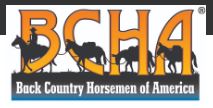
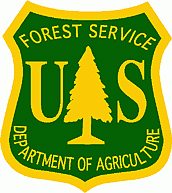
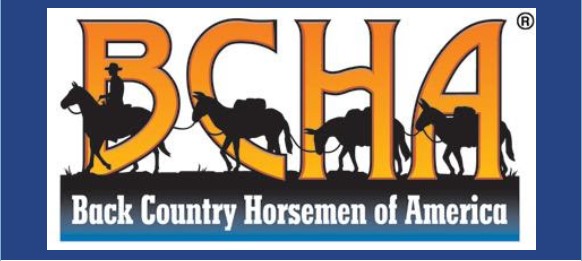
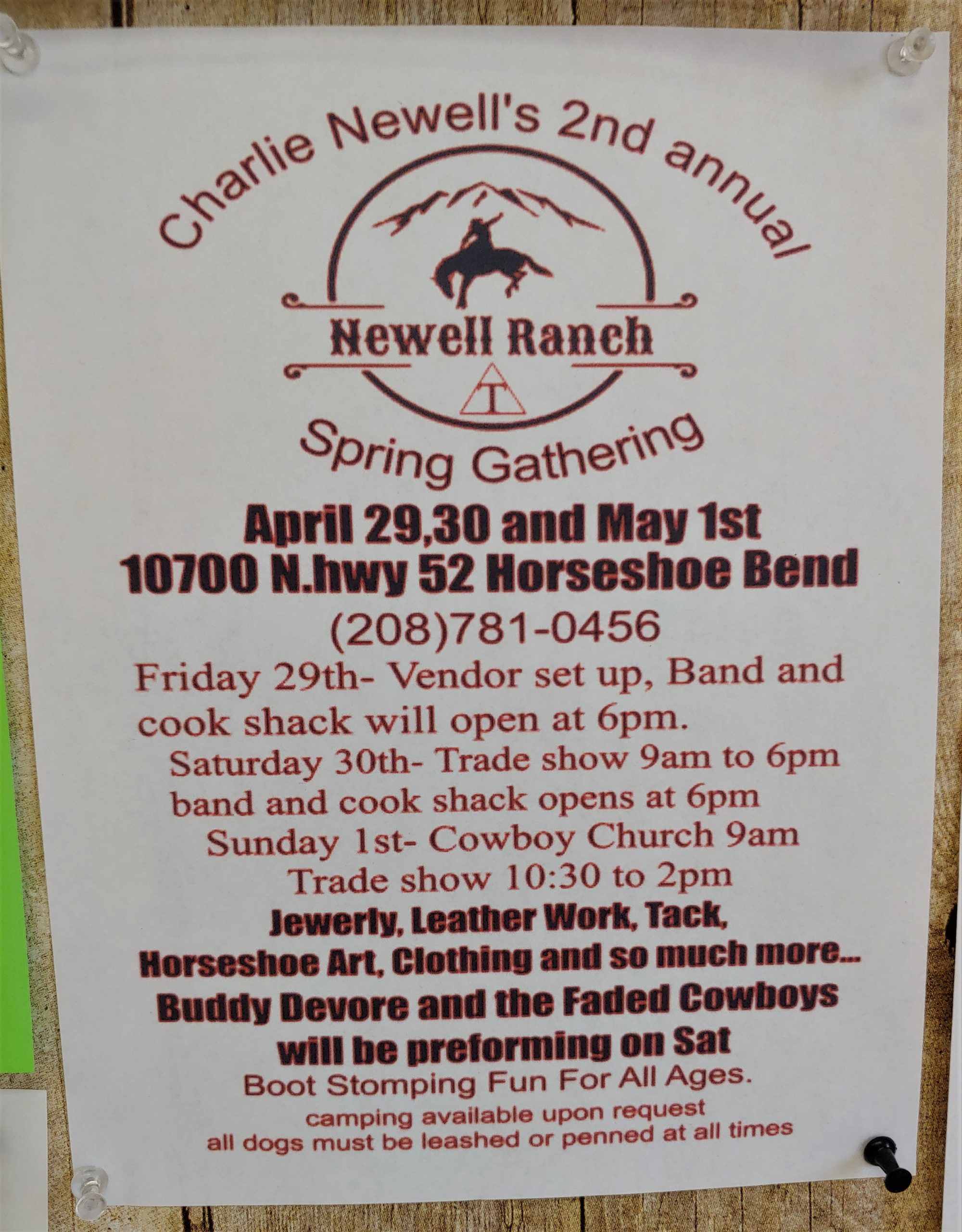

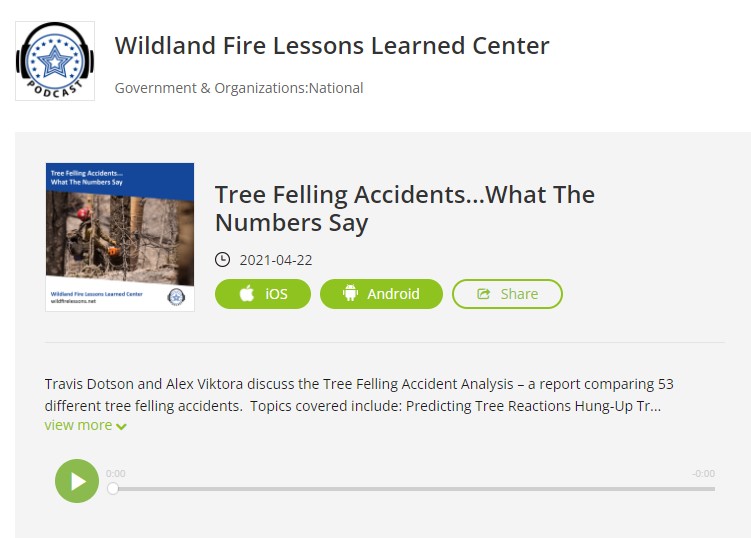
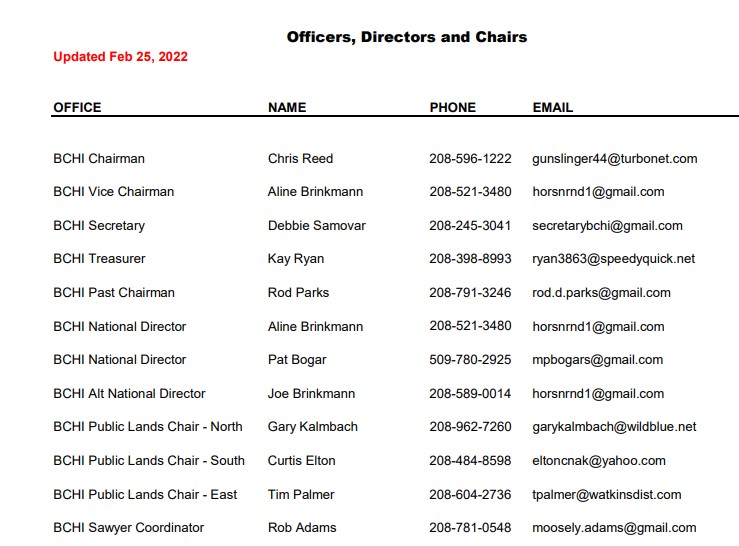
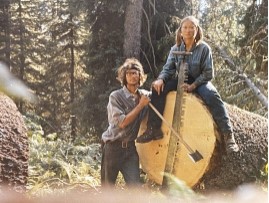

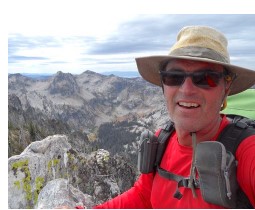

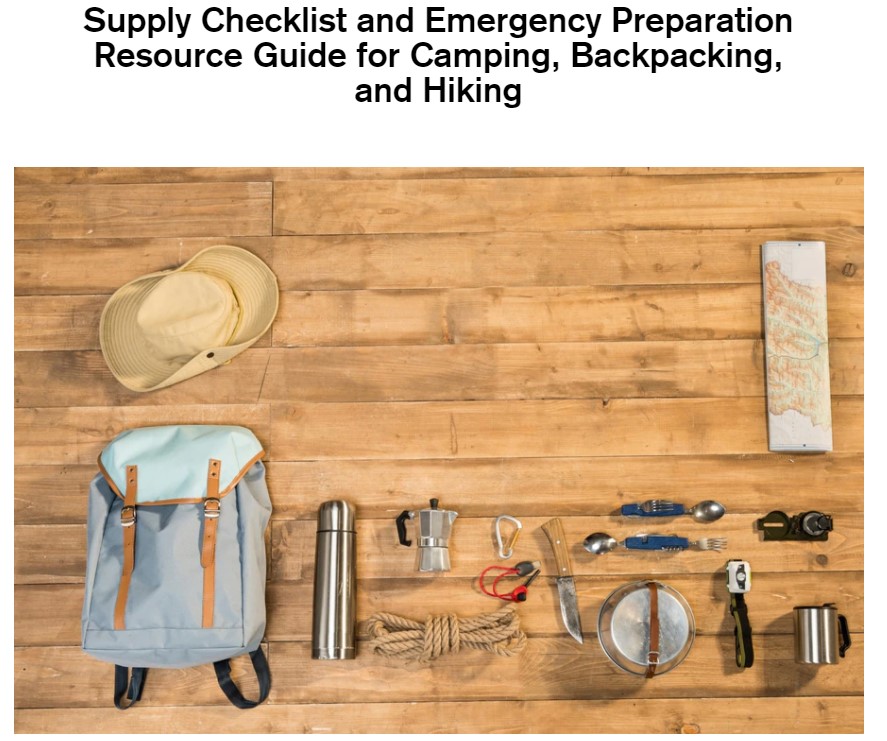

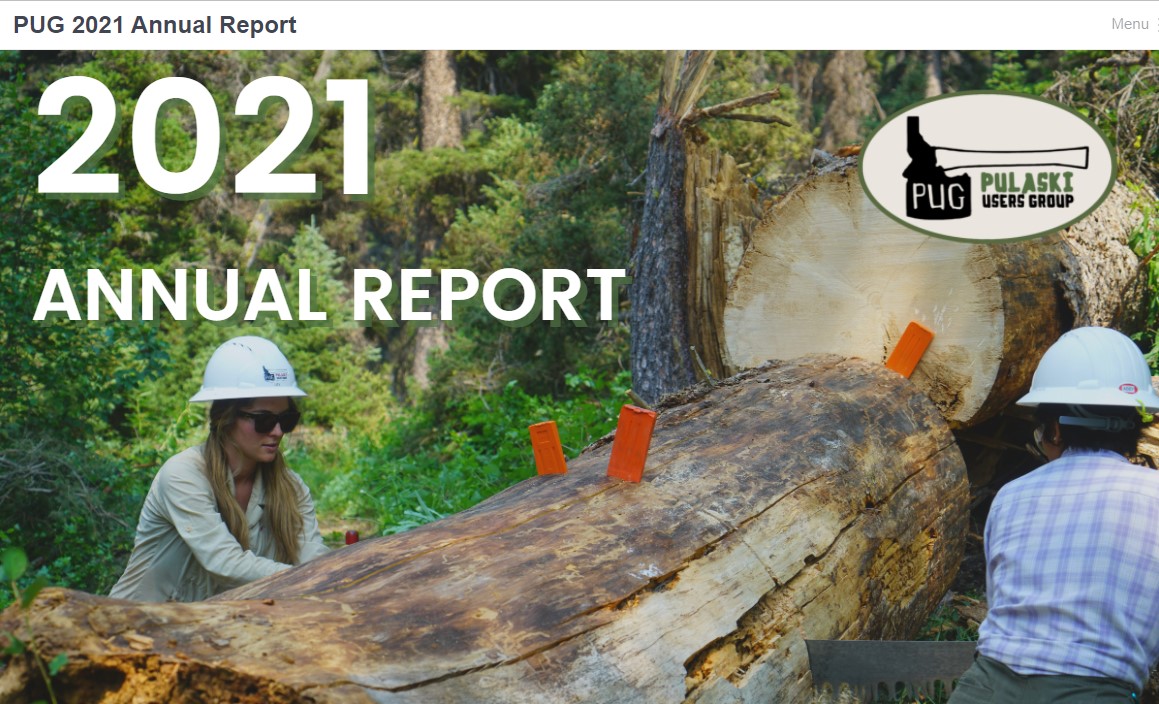
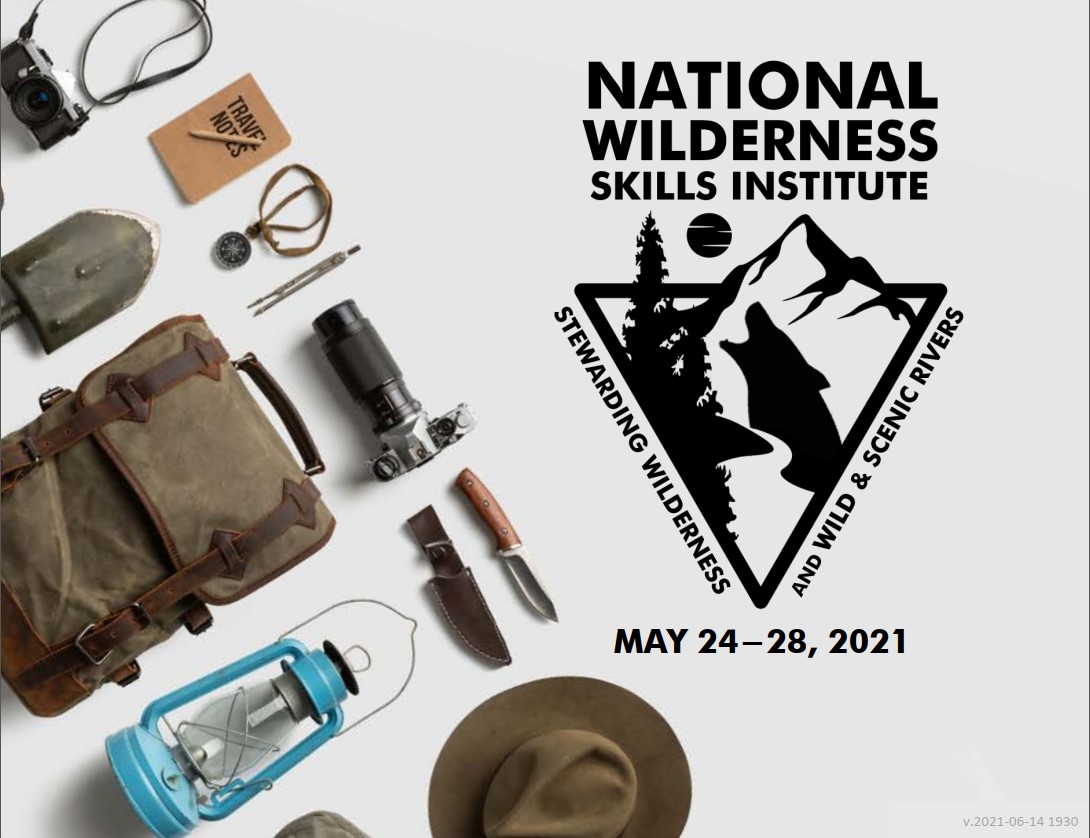
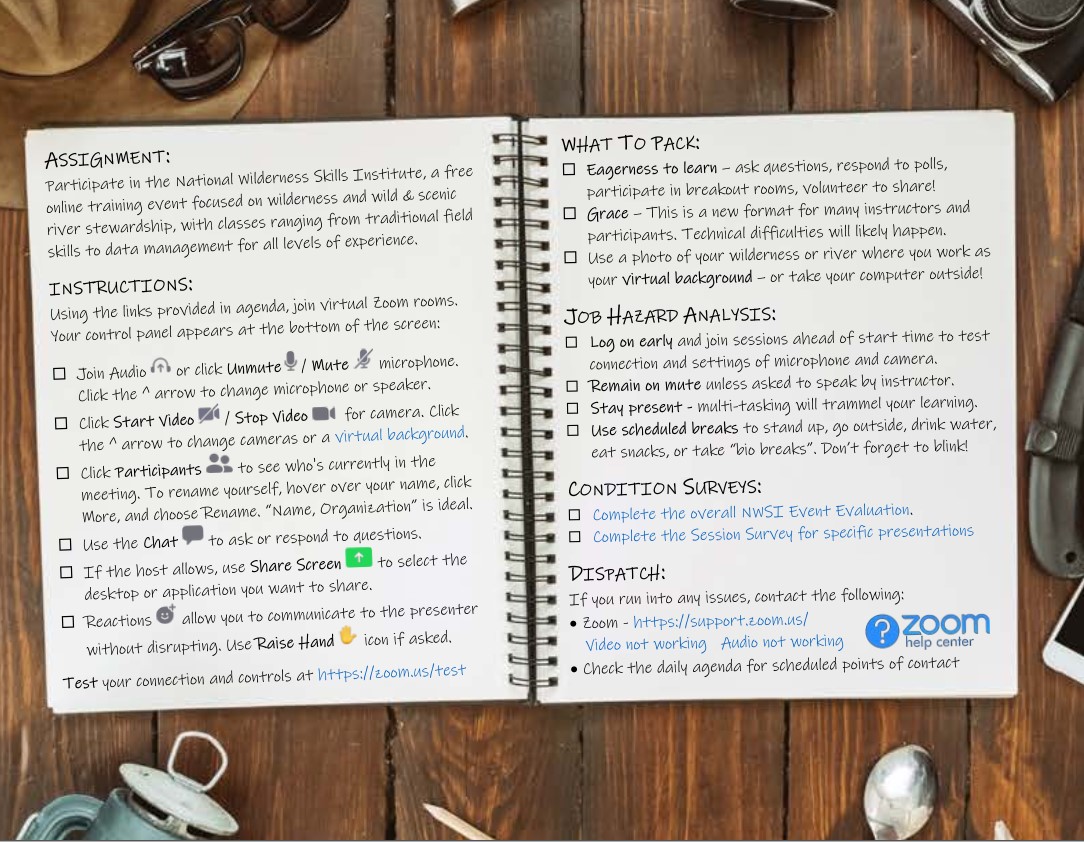
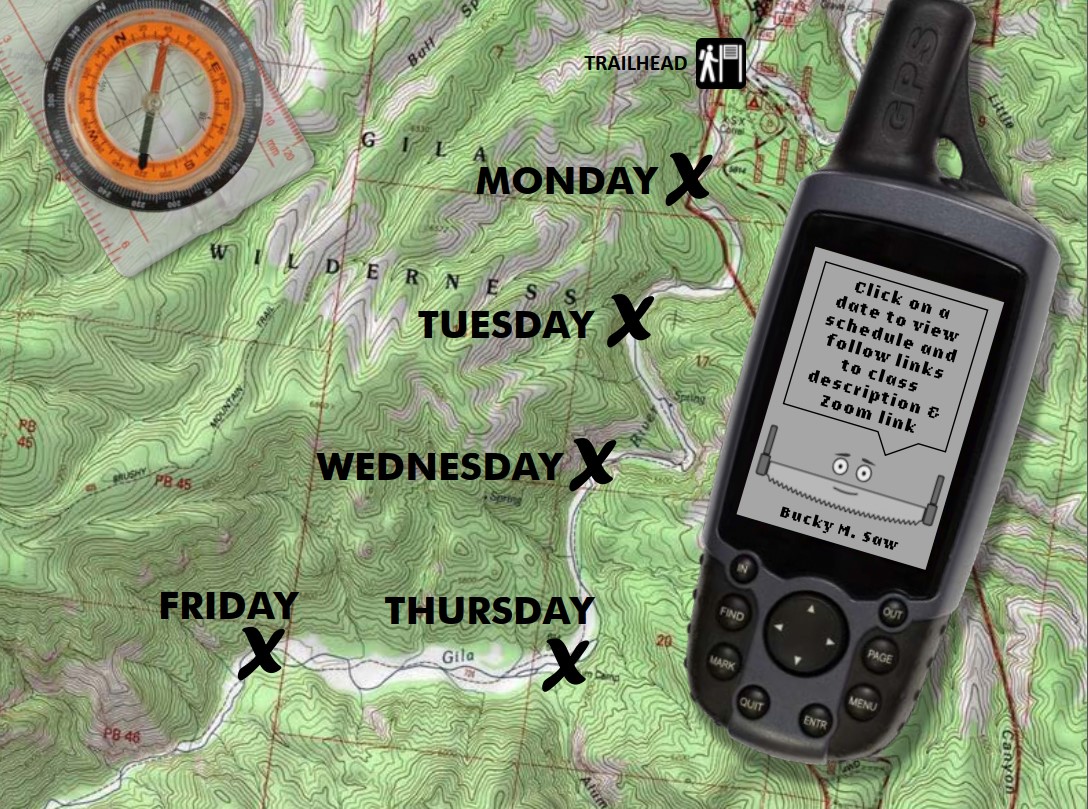

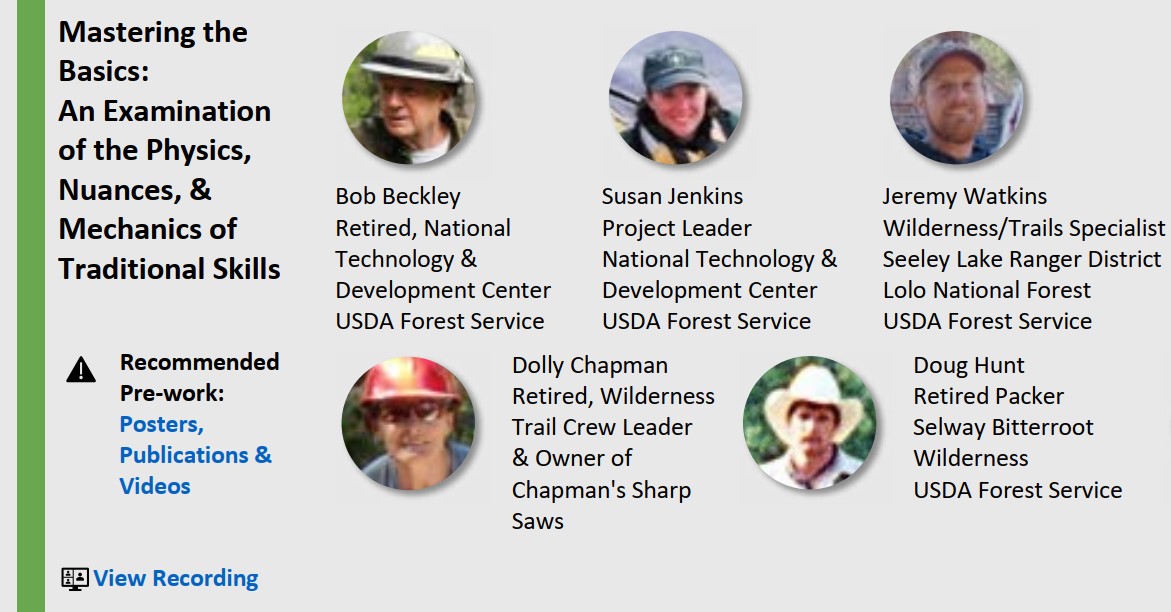






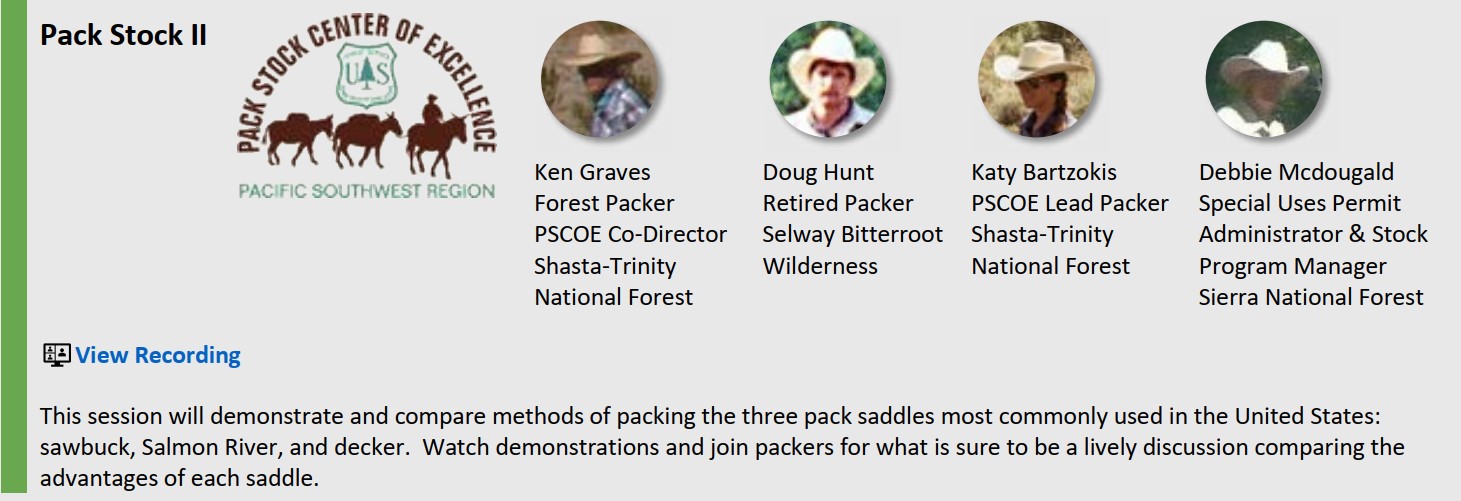
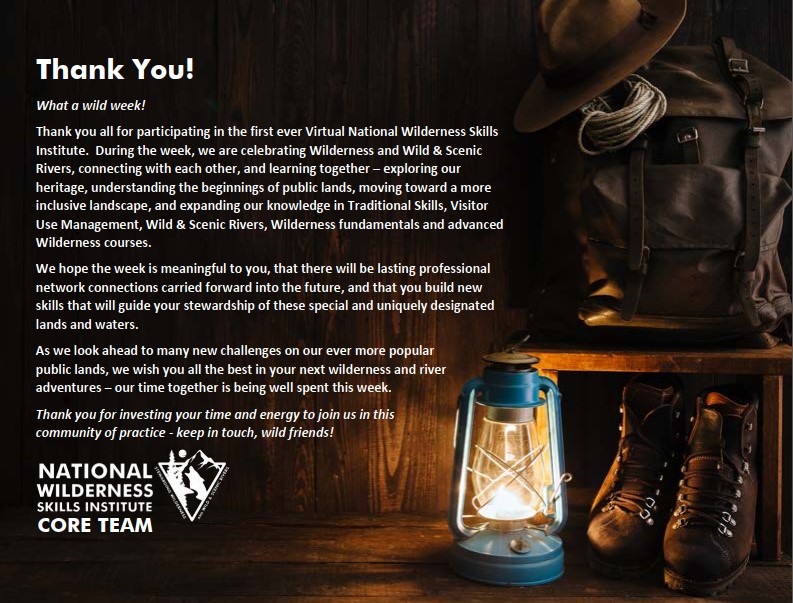




 IDPR Activities
IDPR Activities




